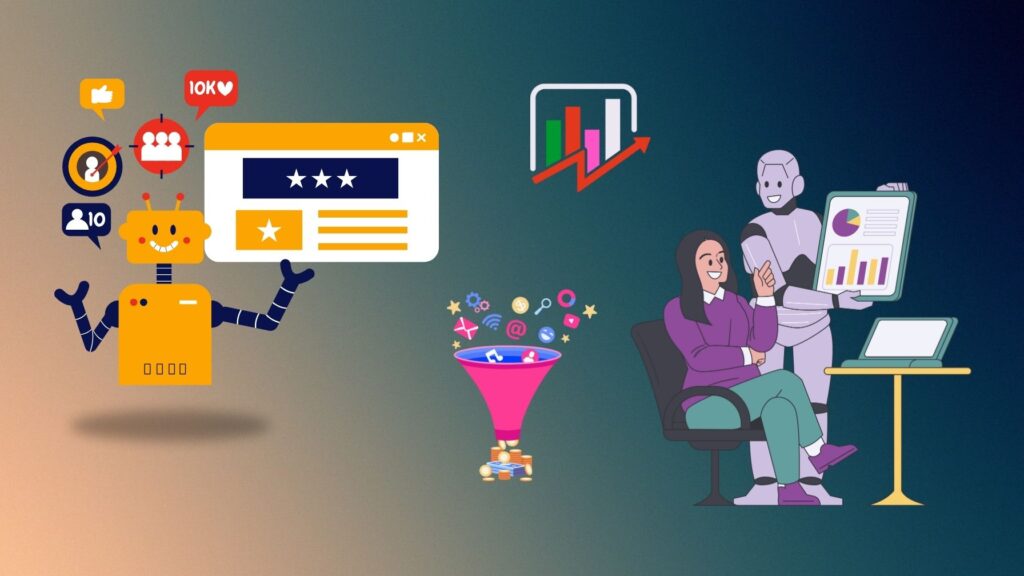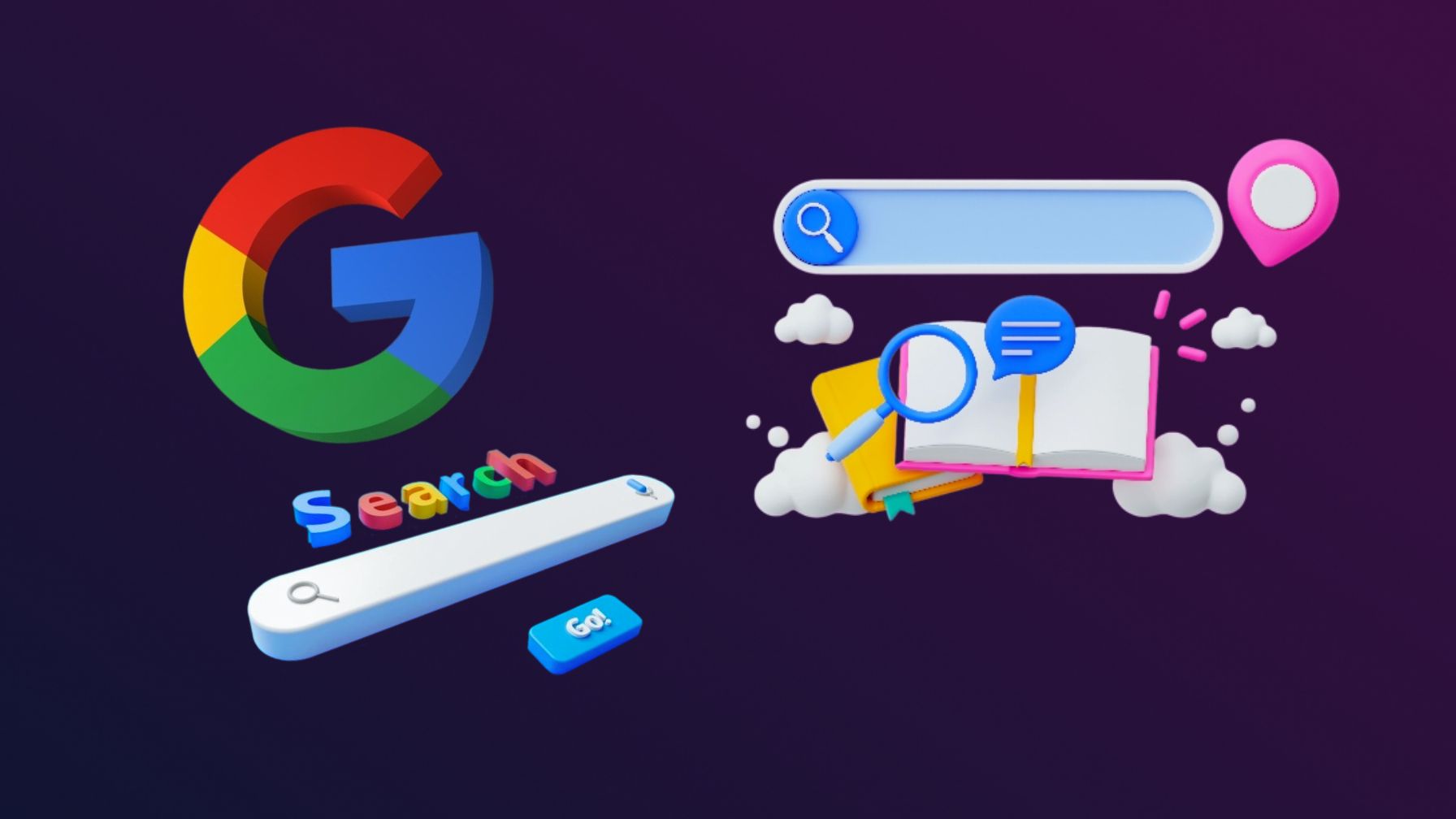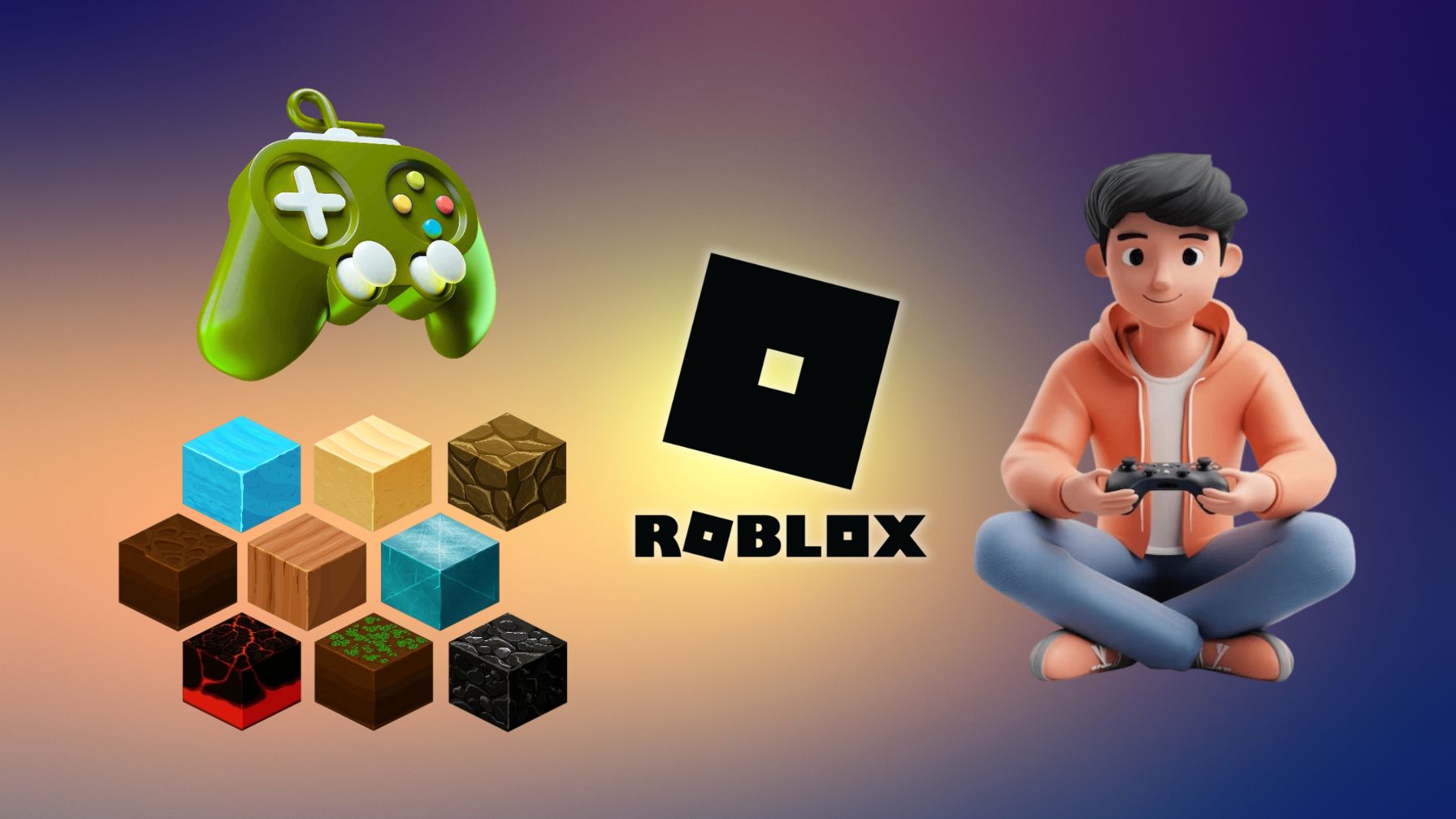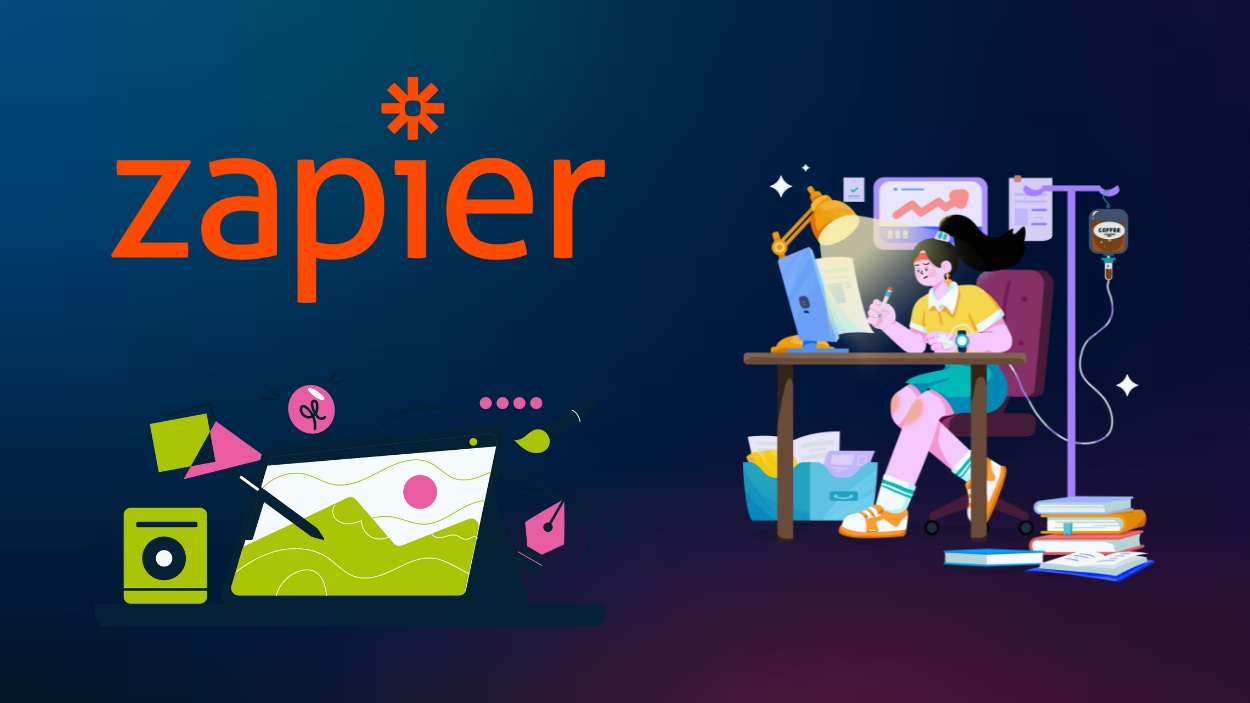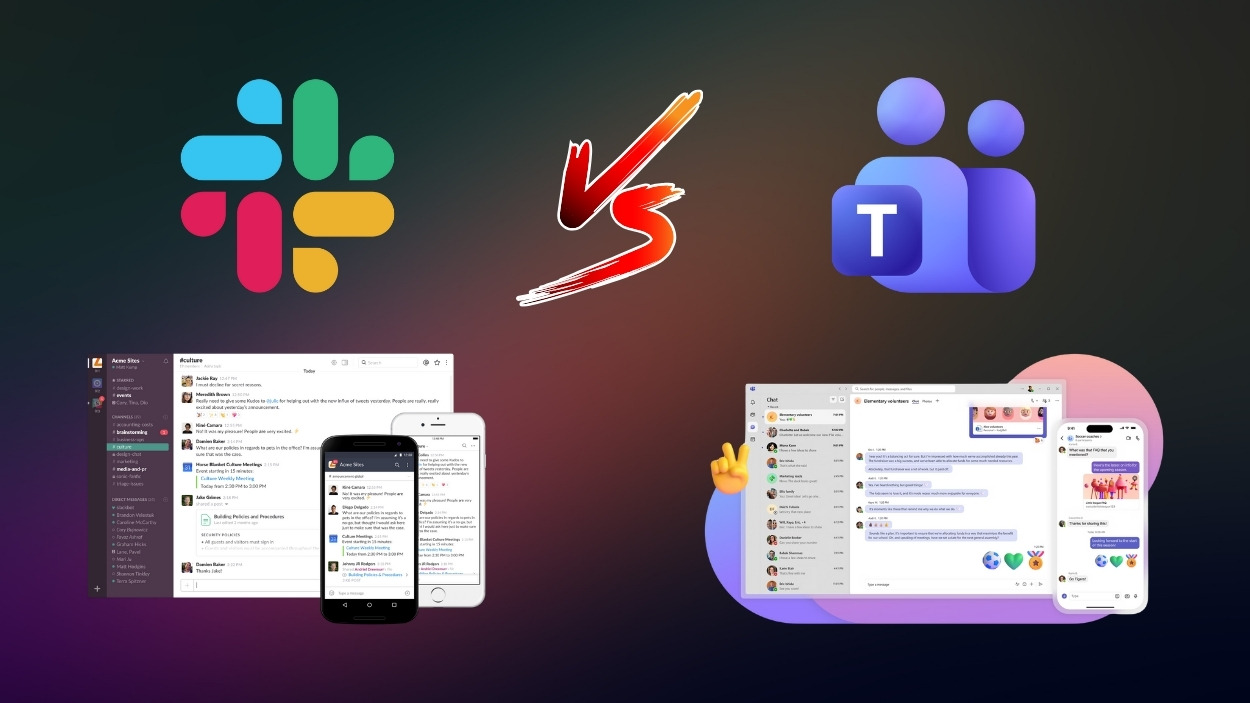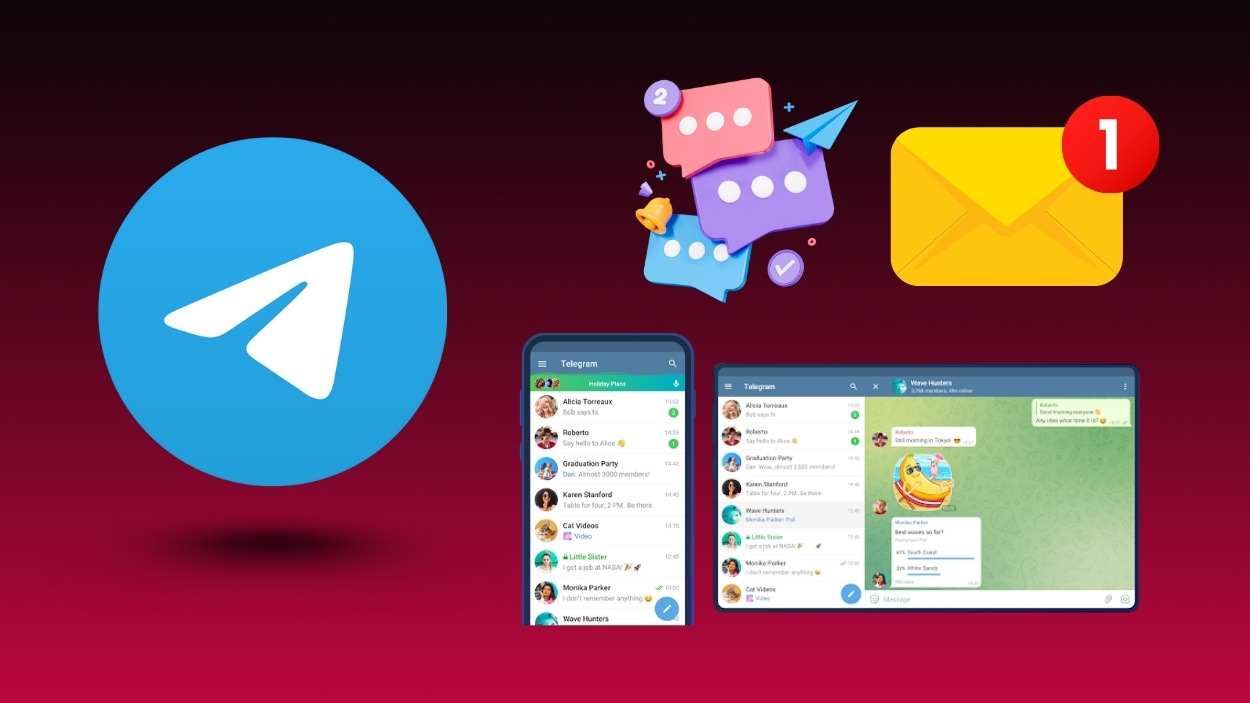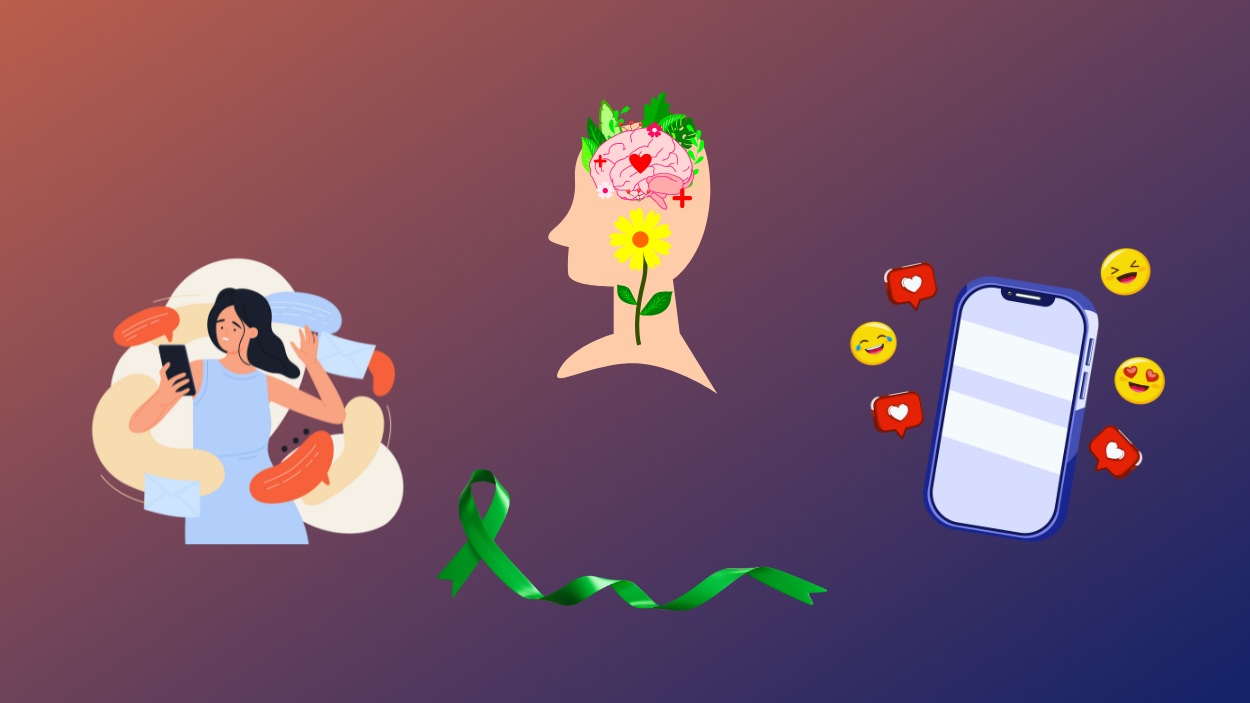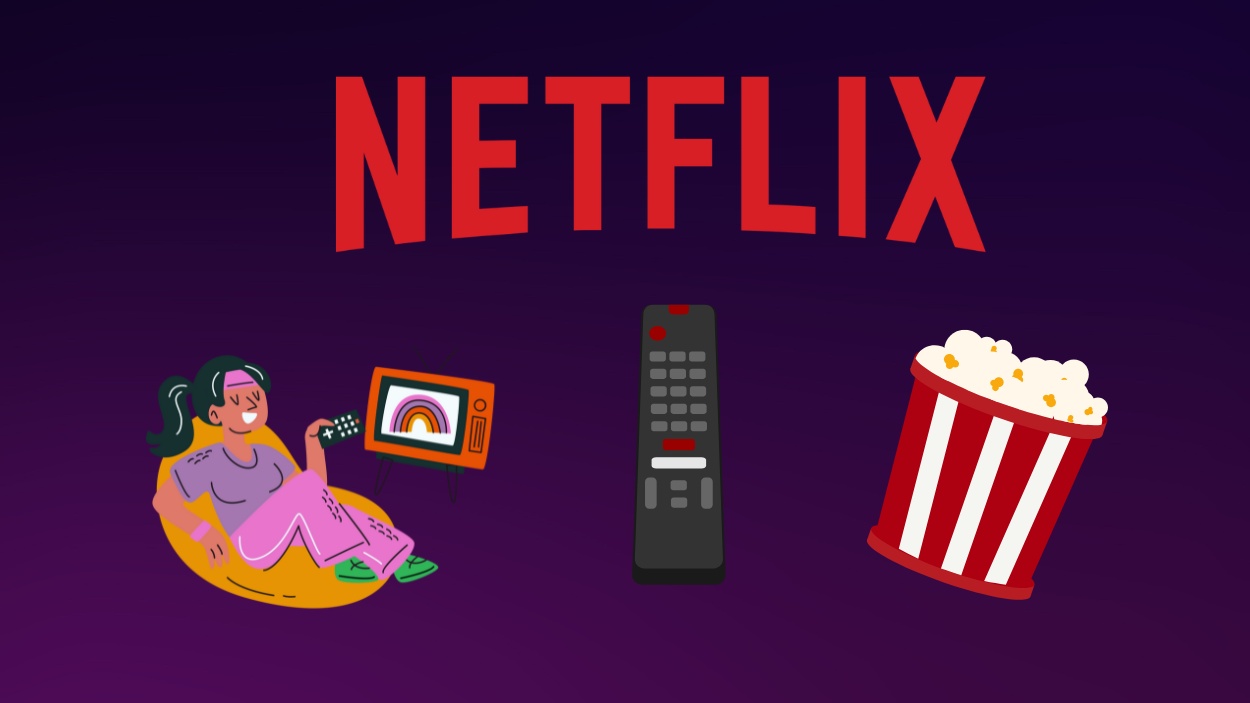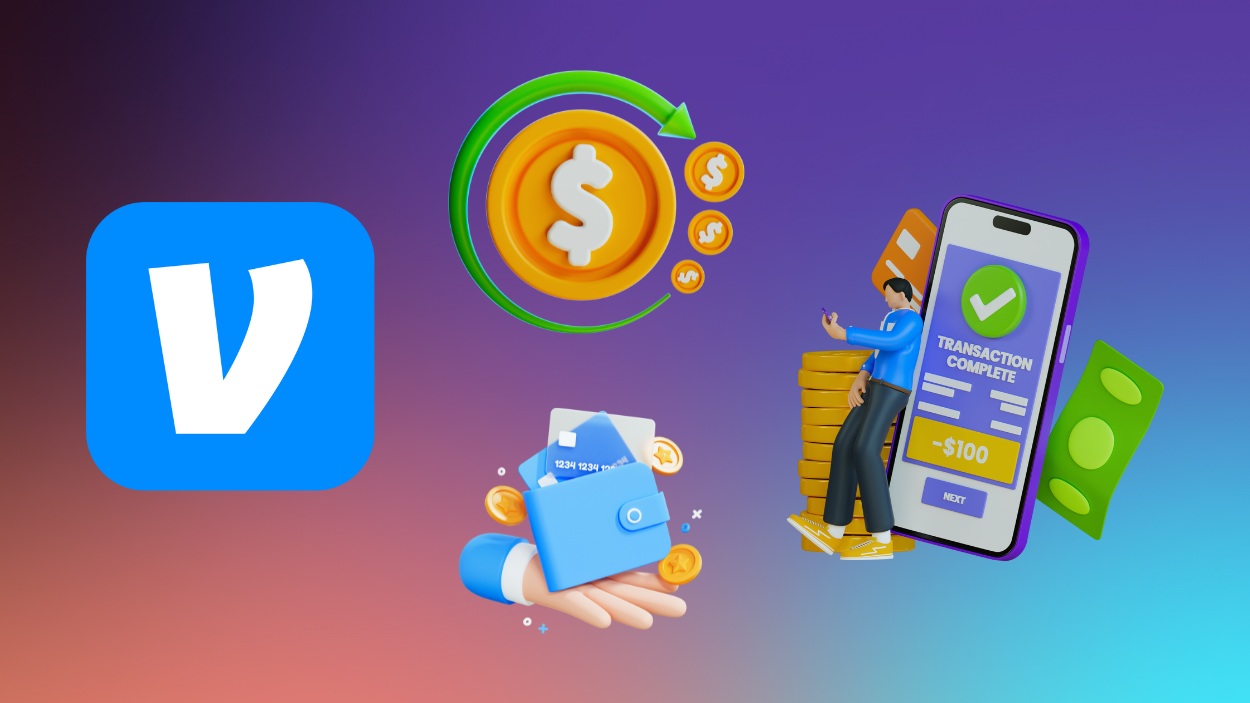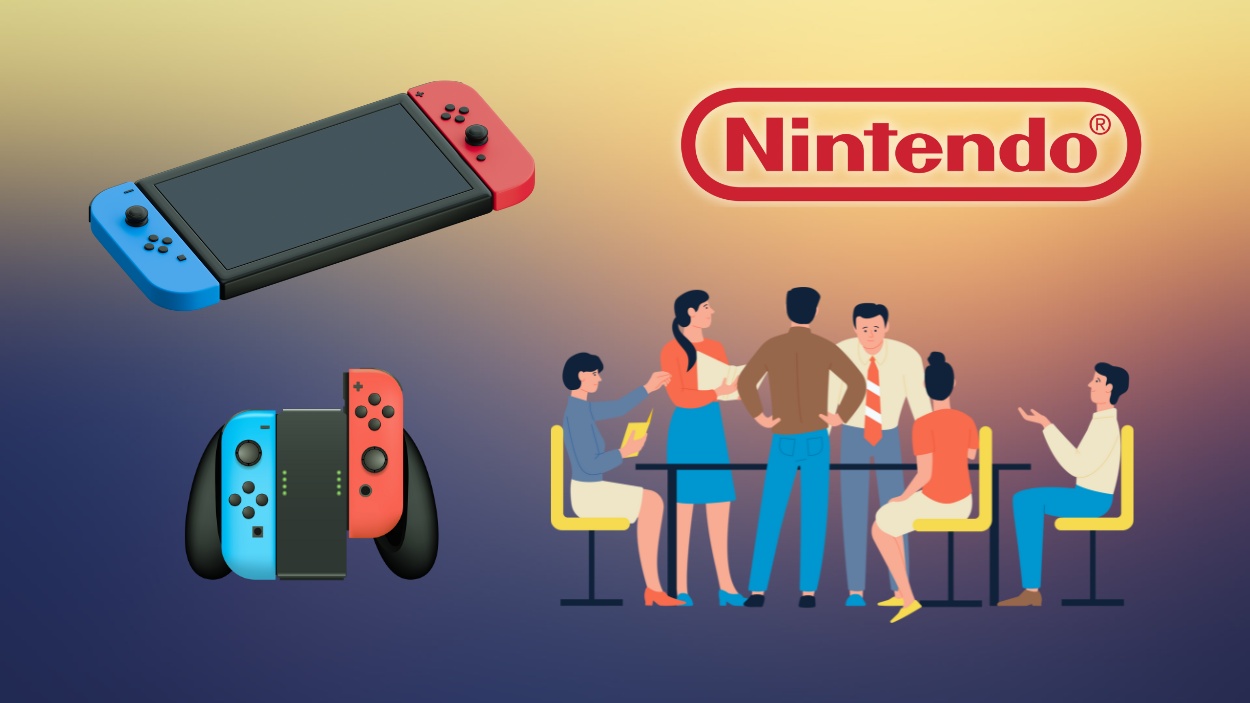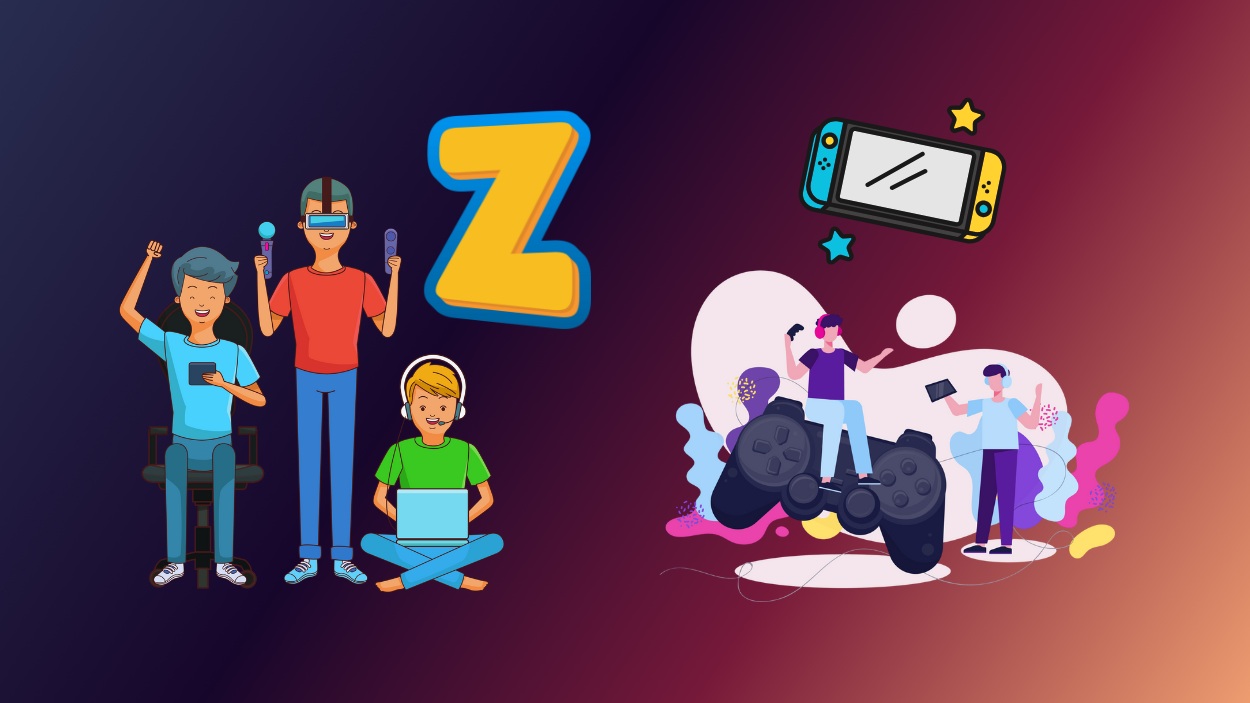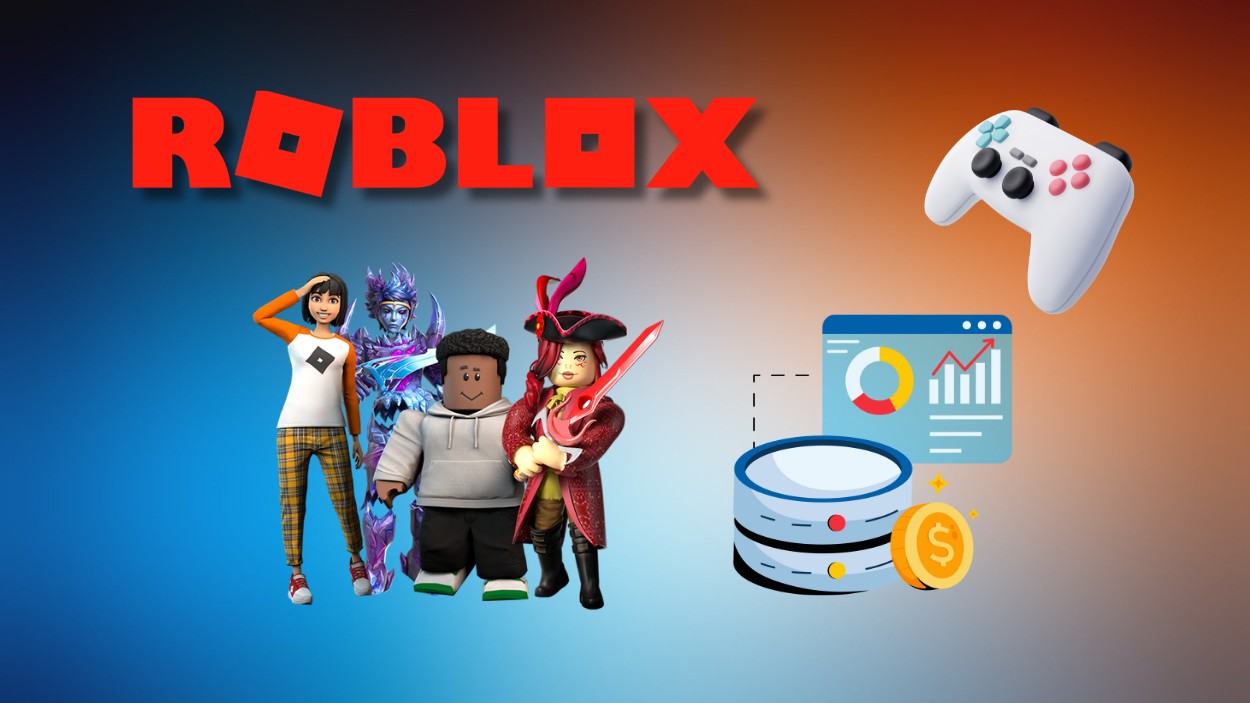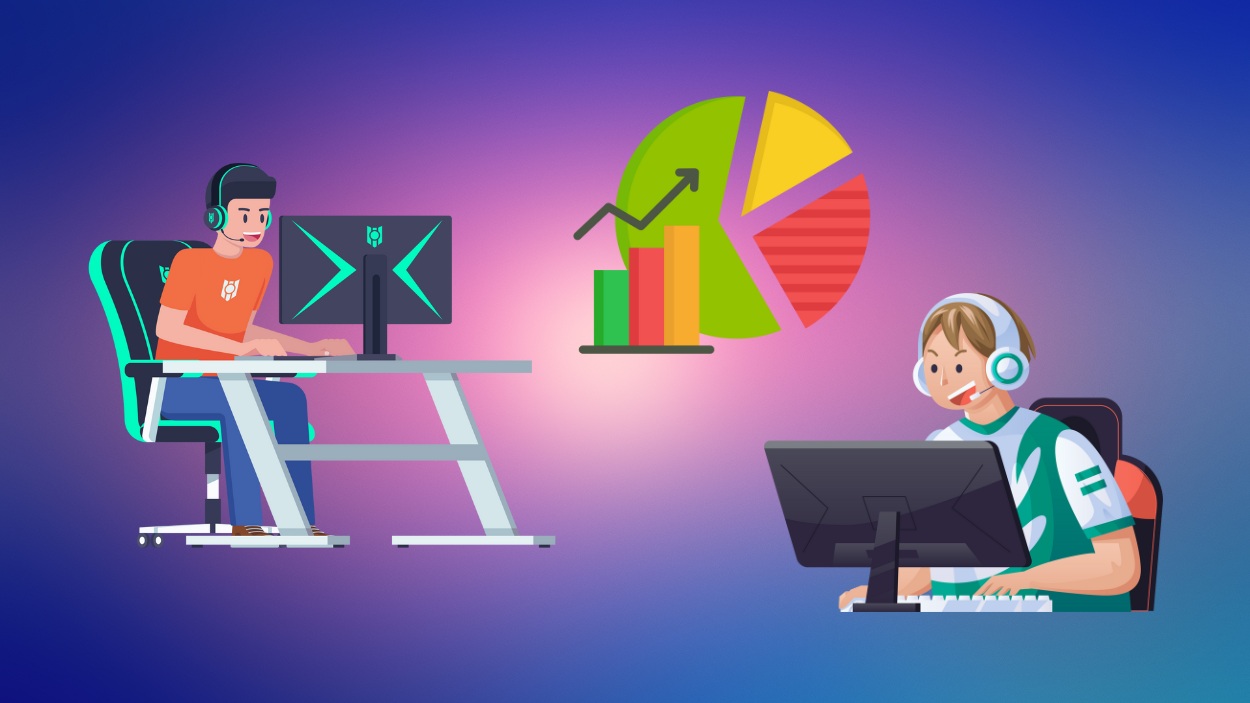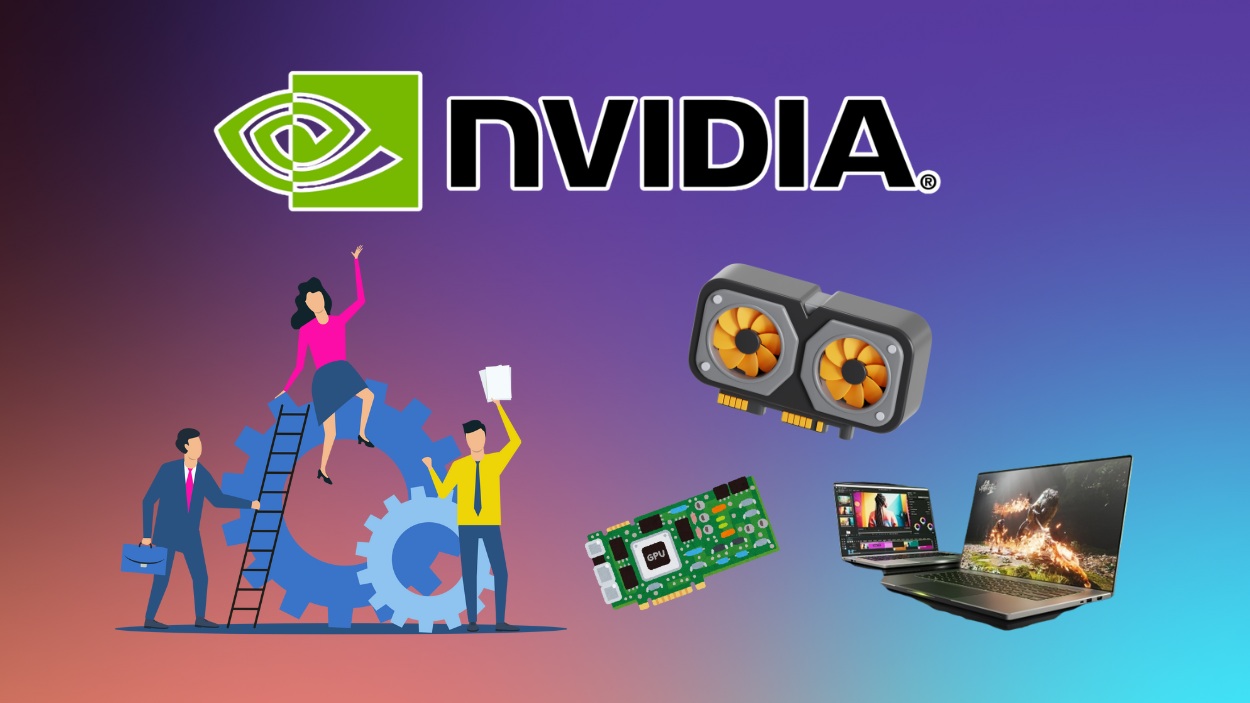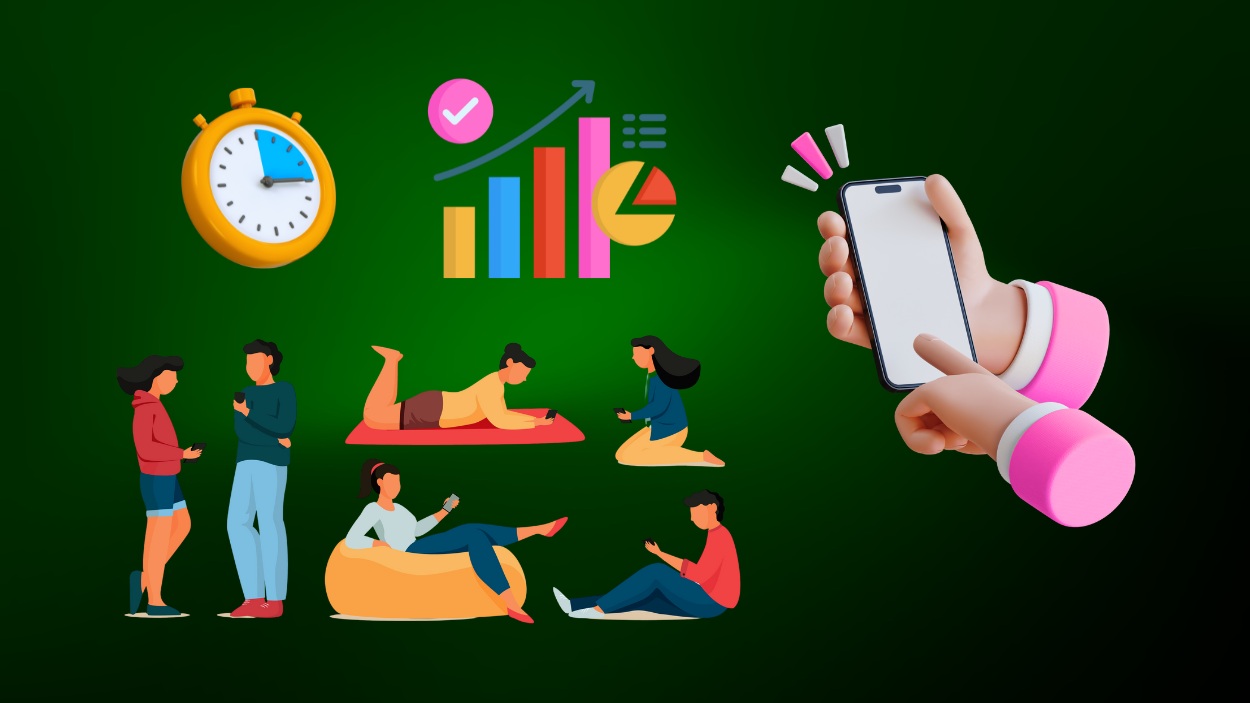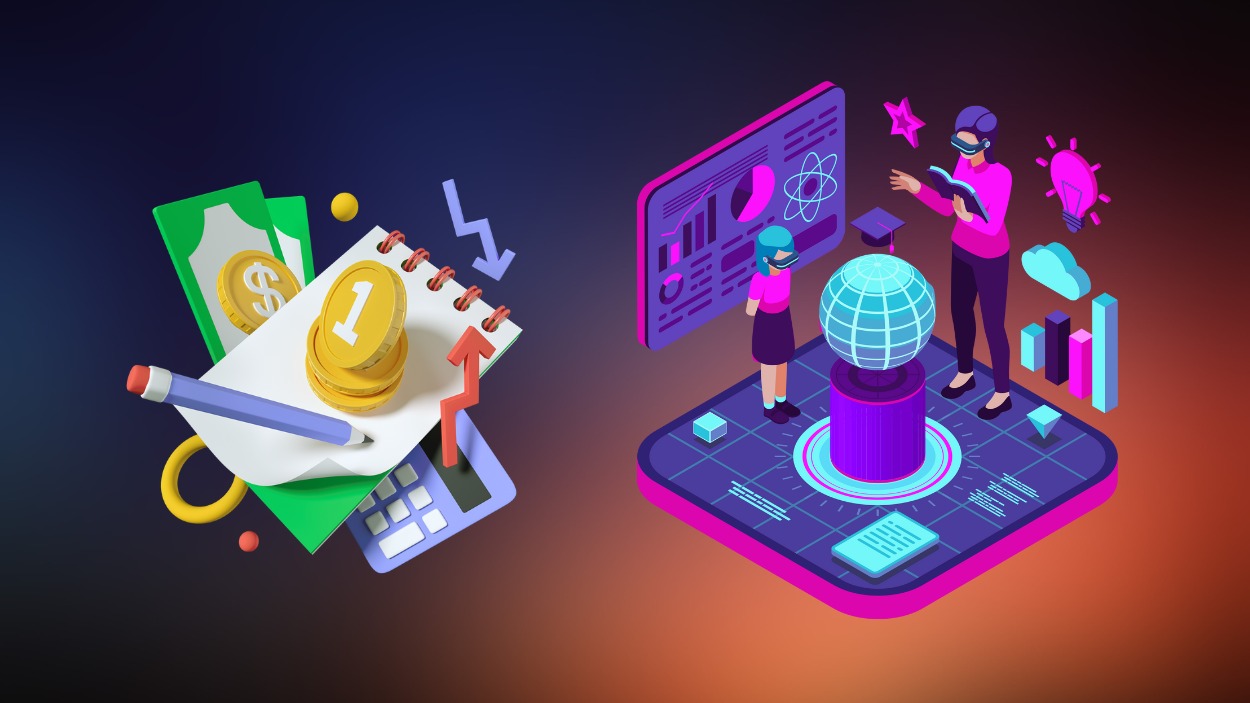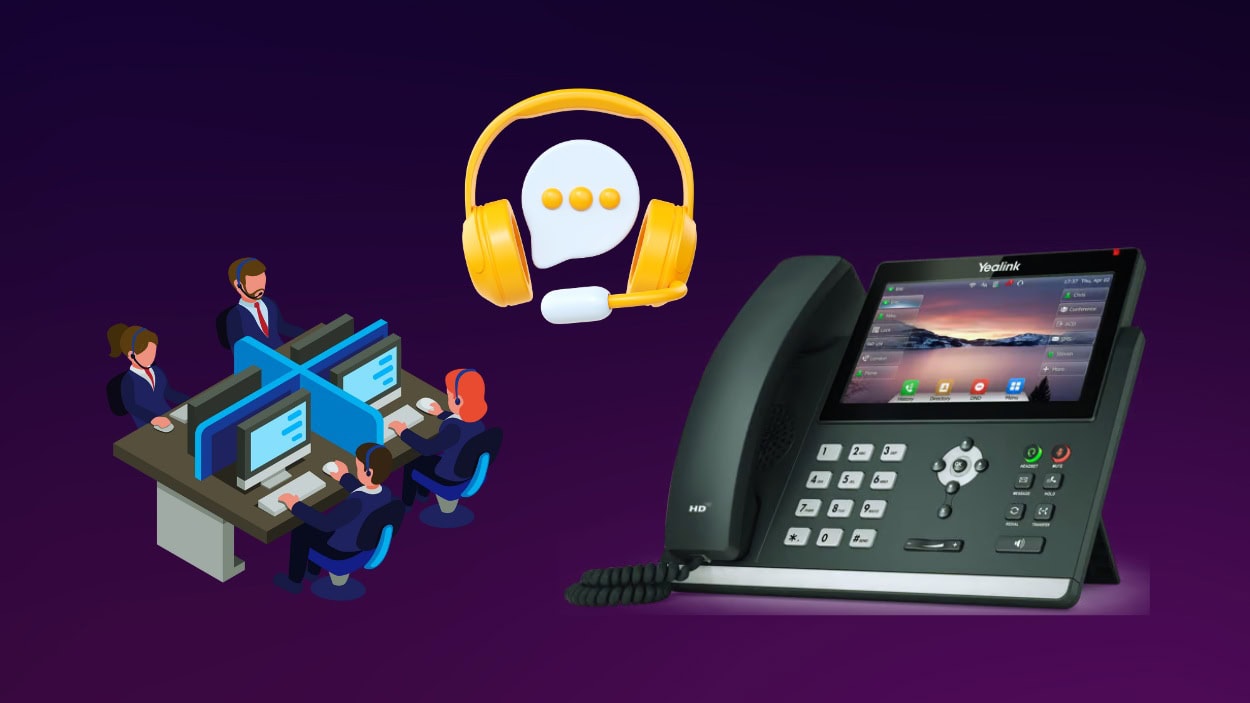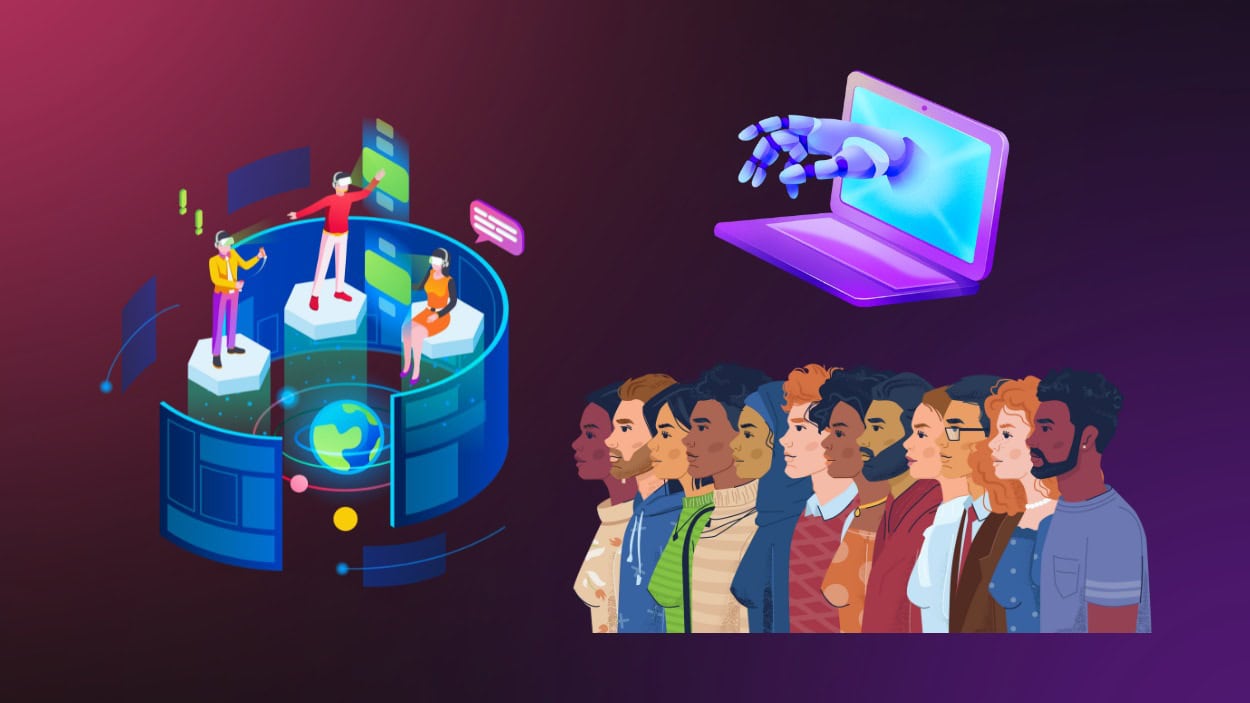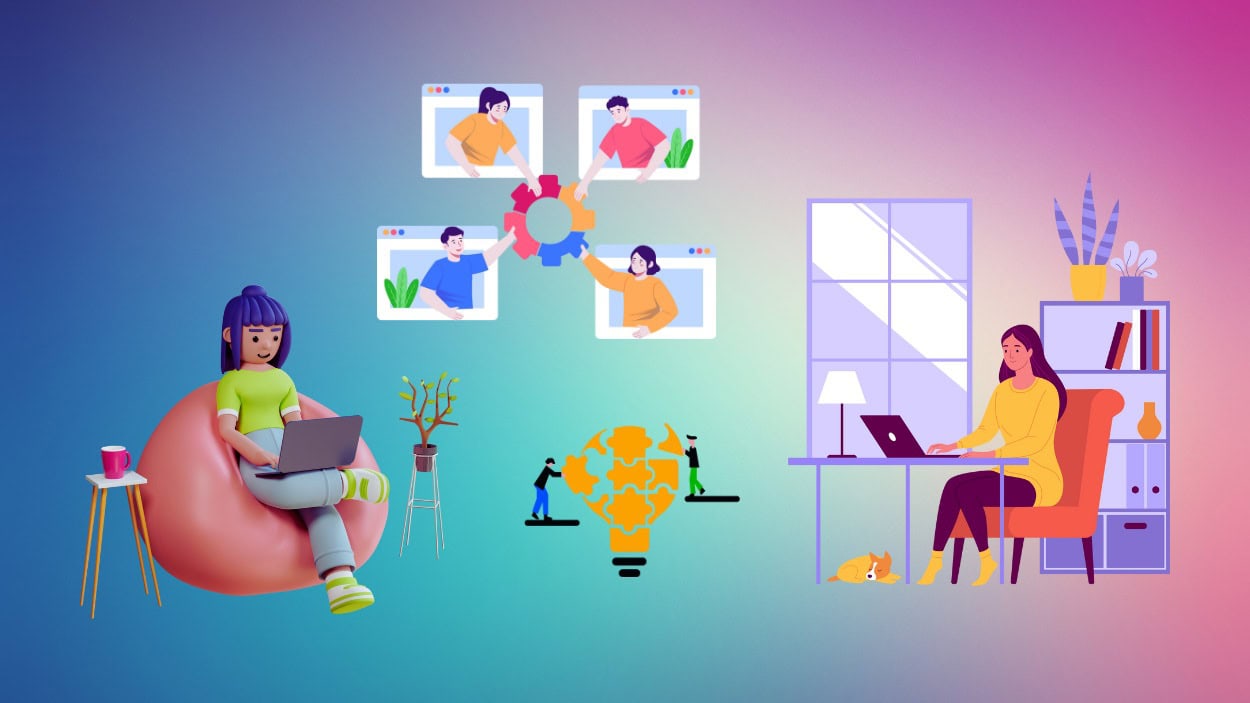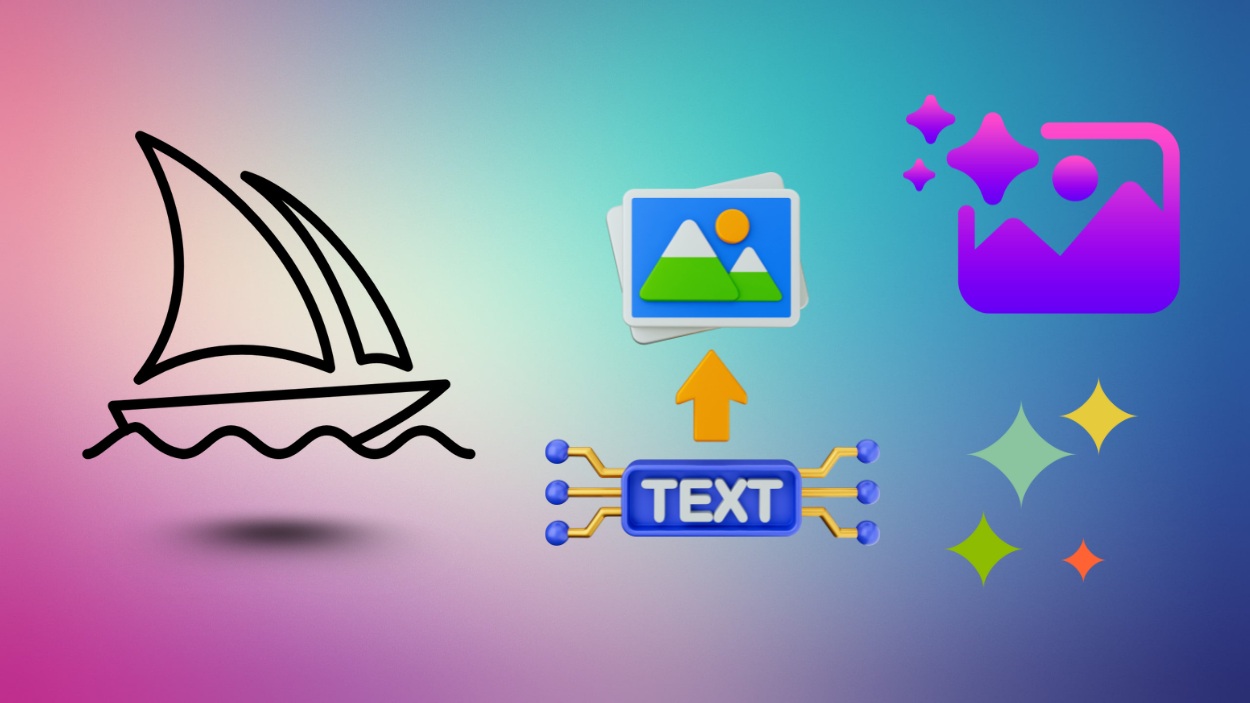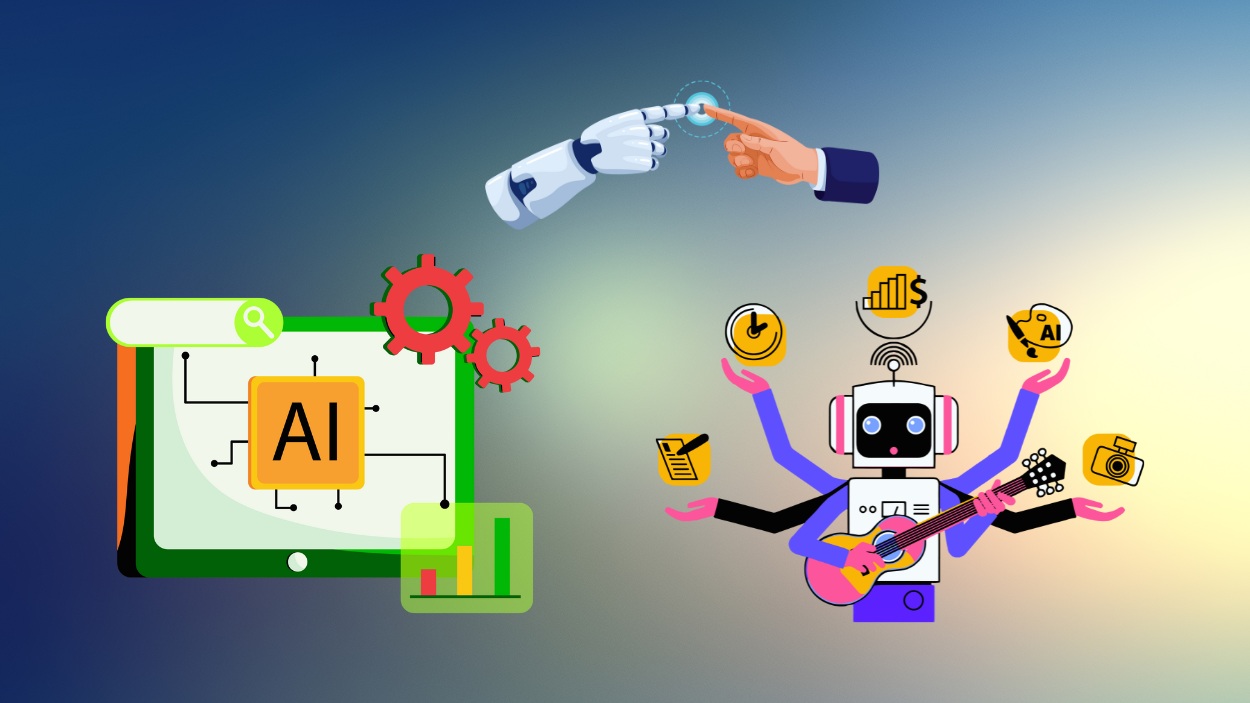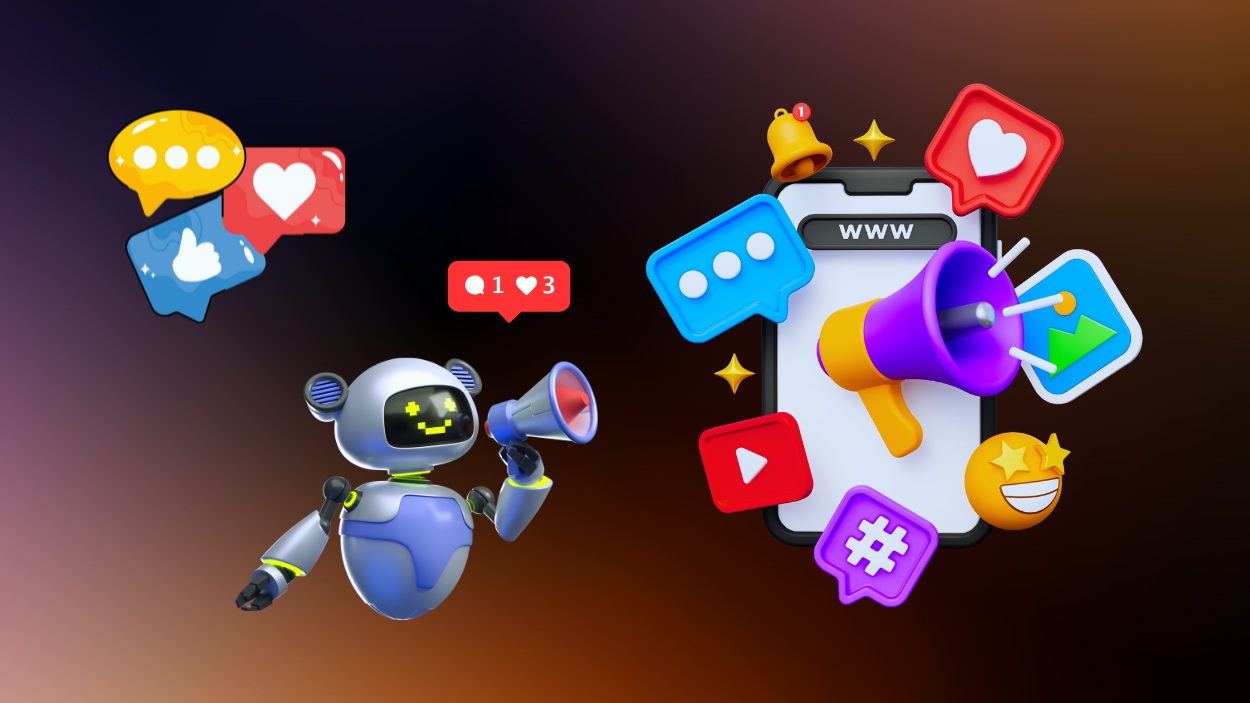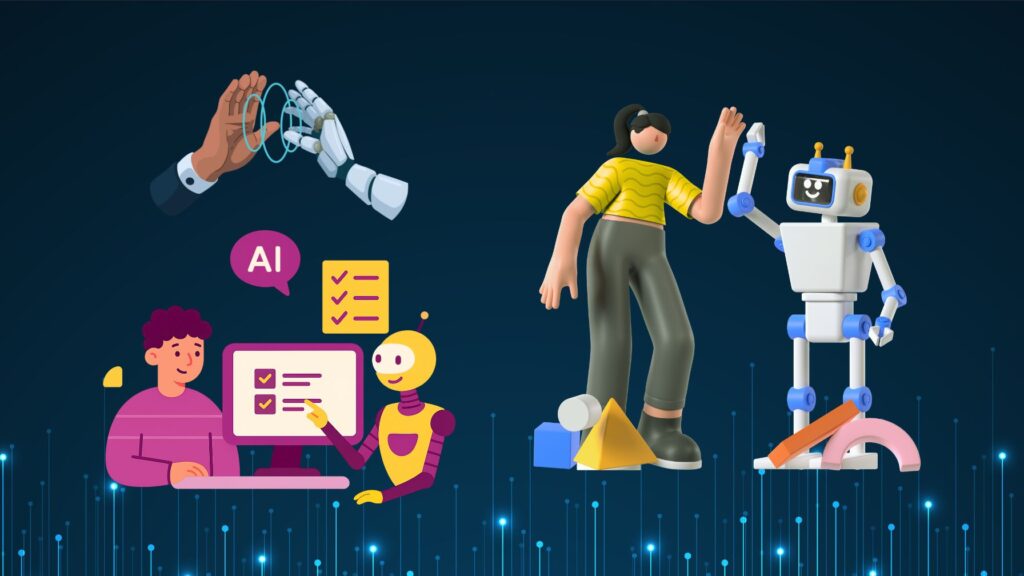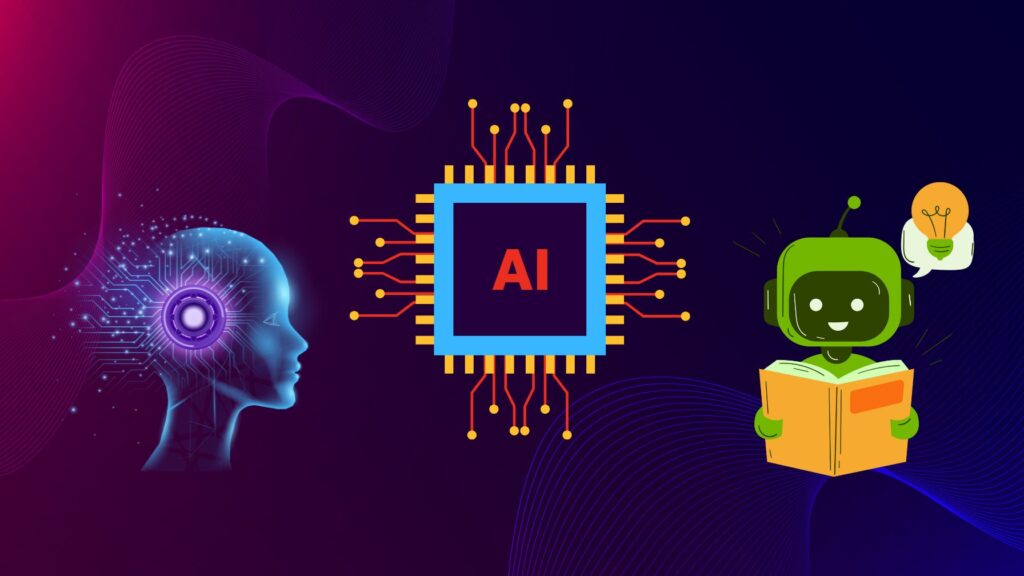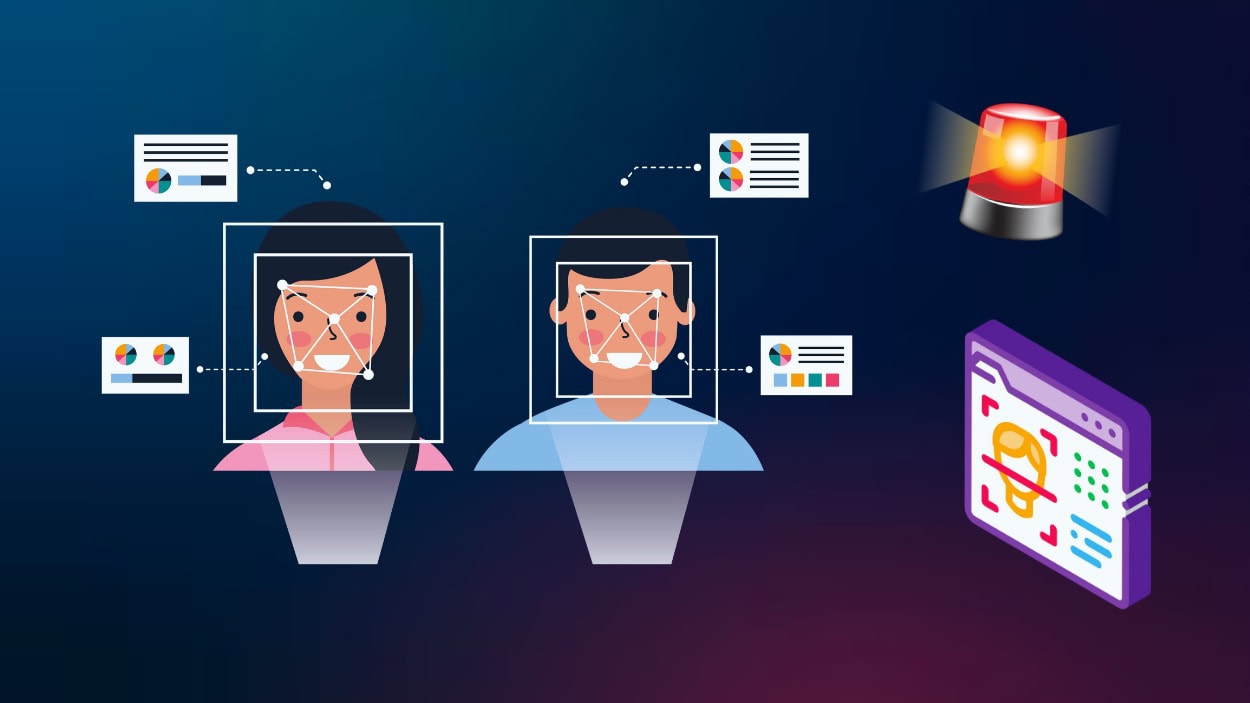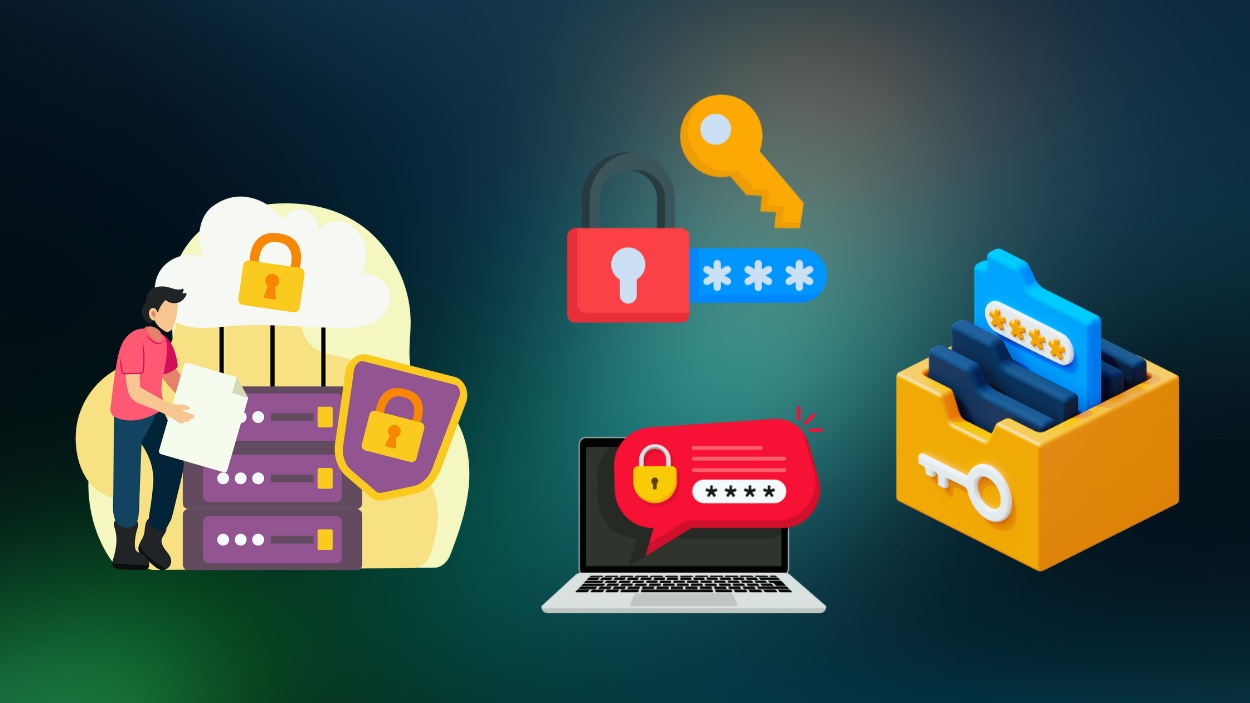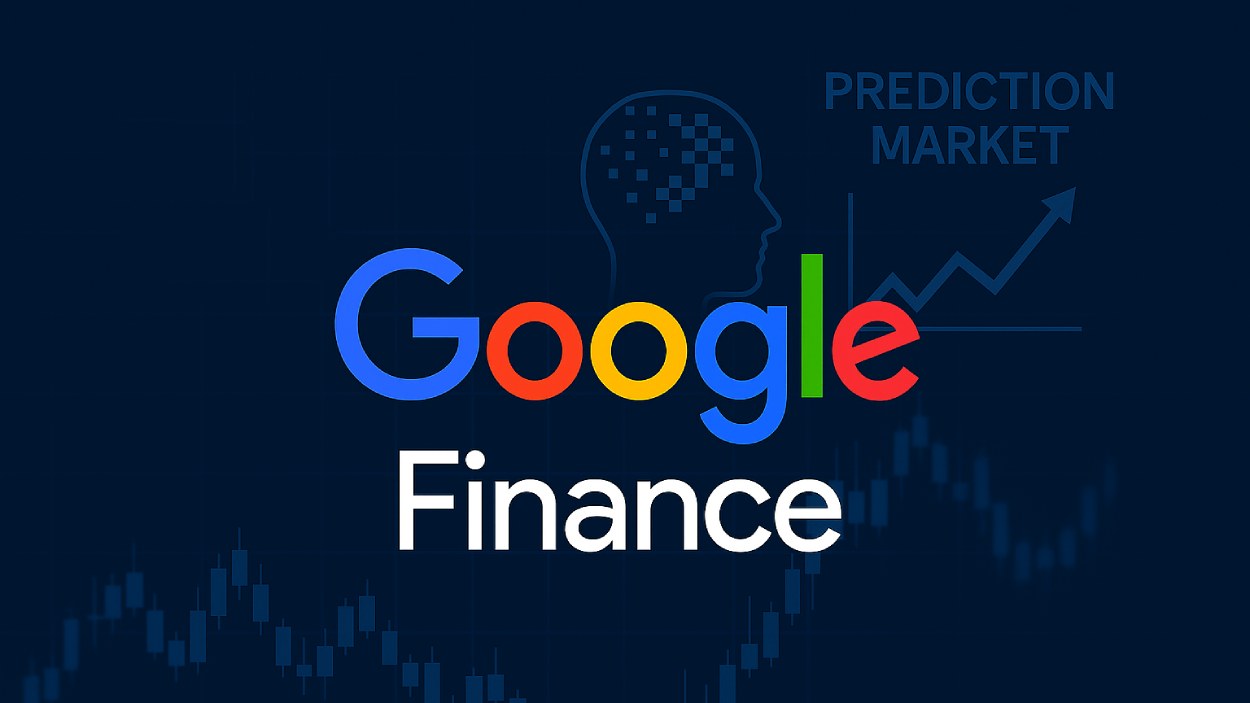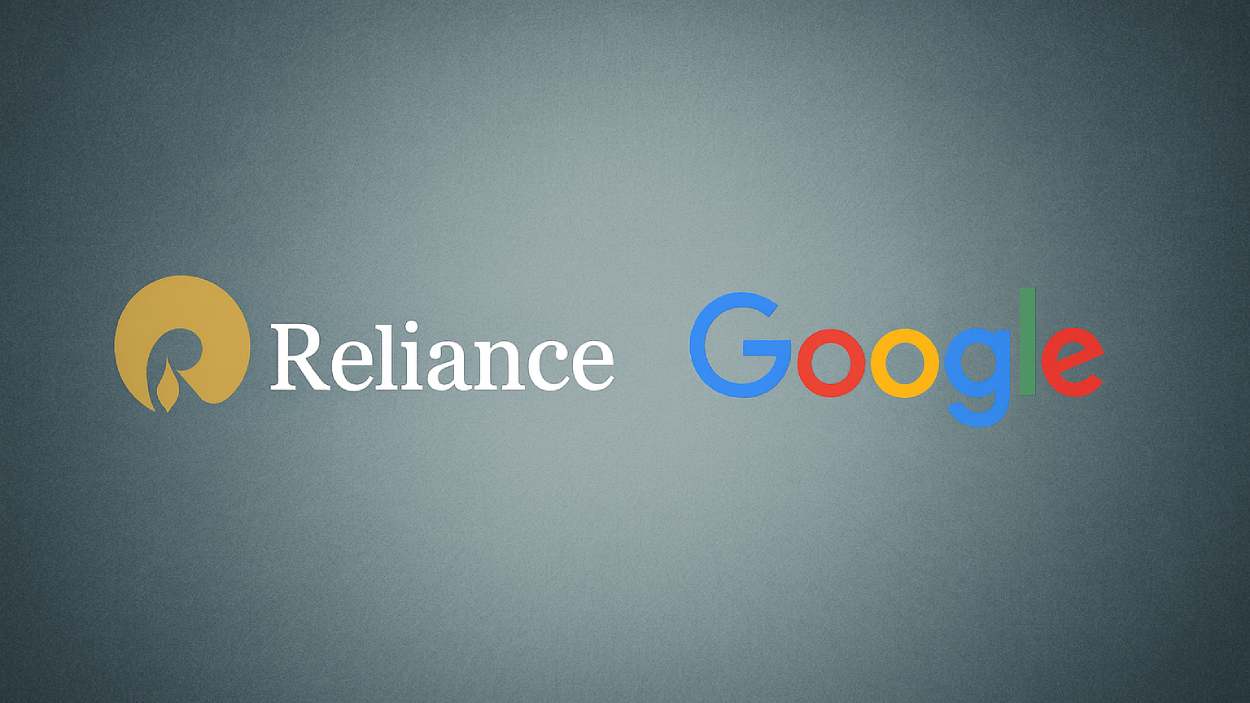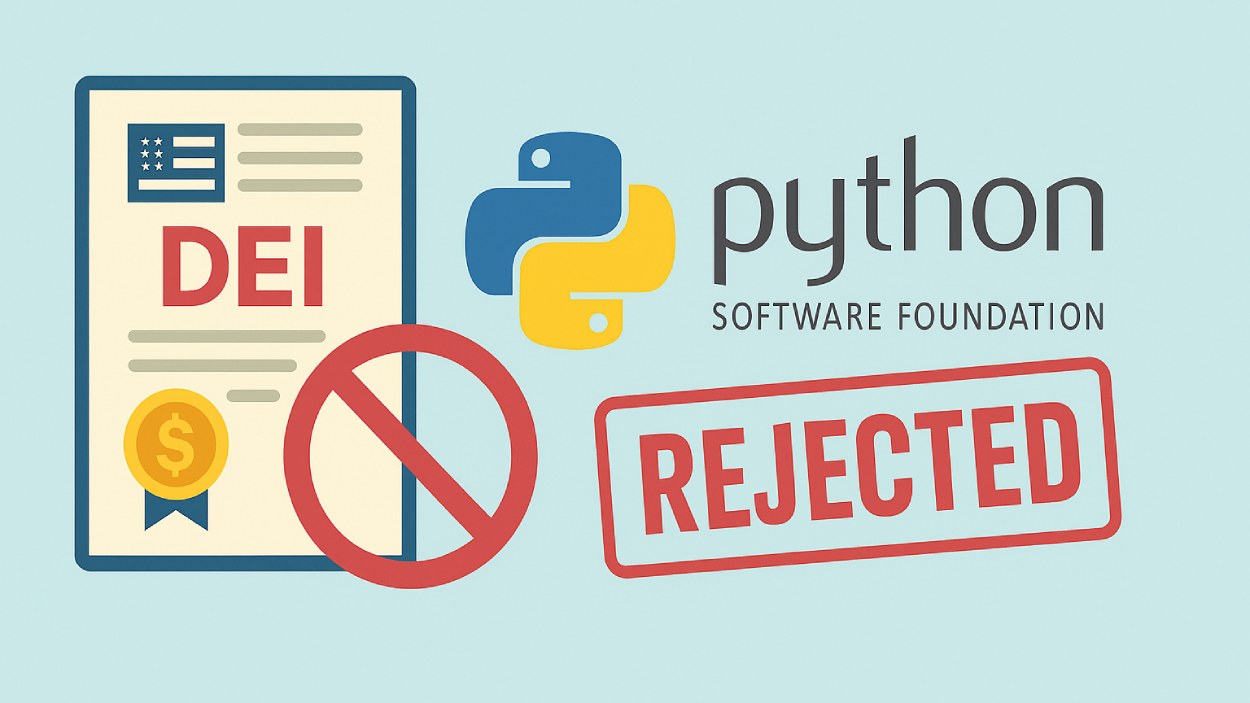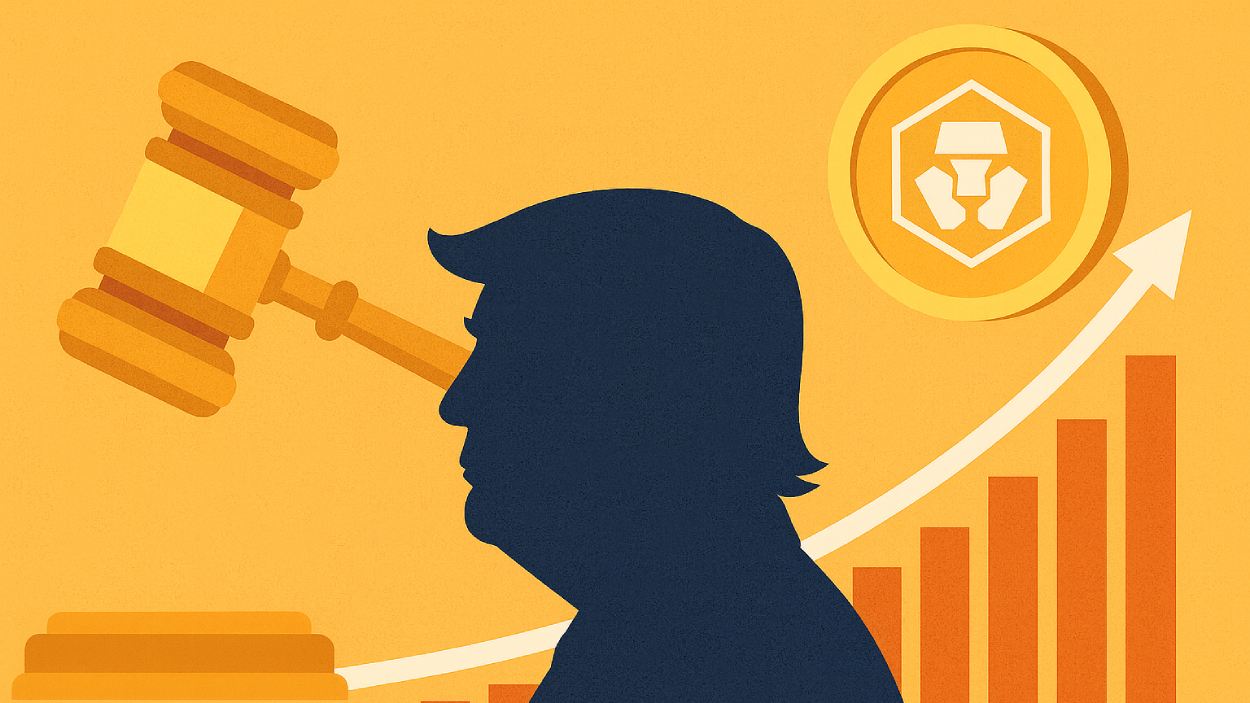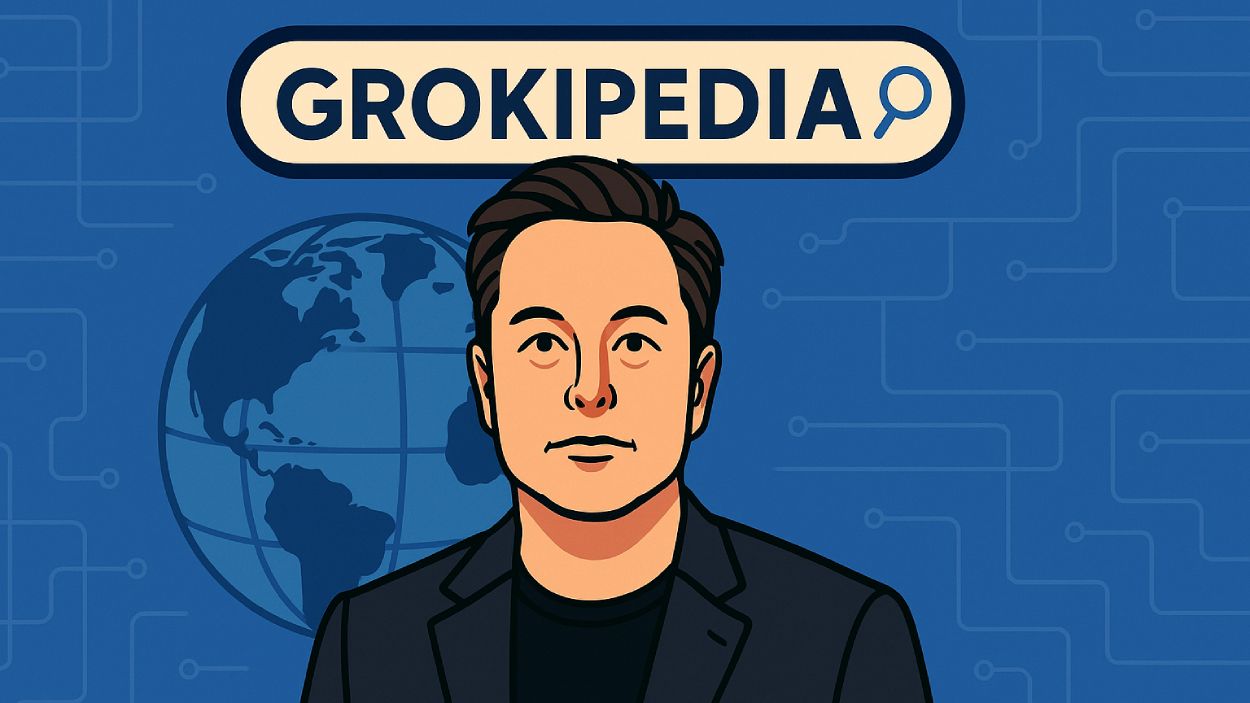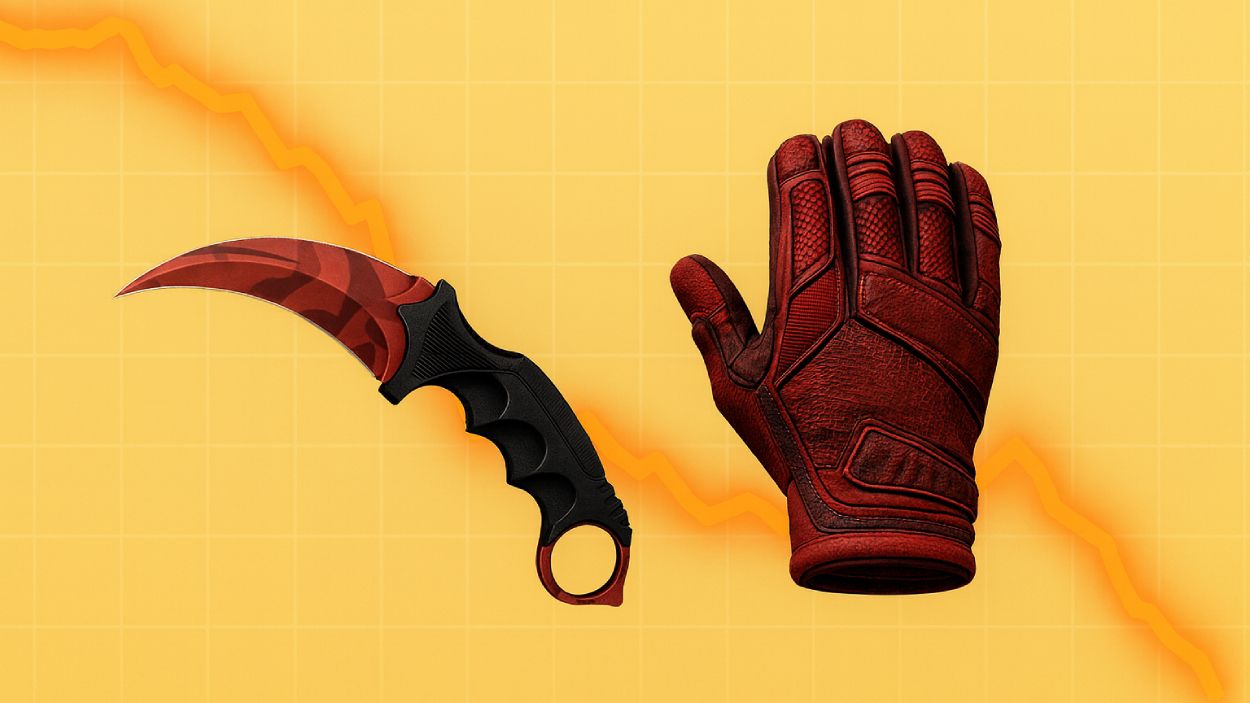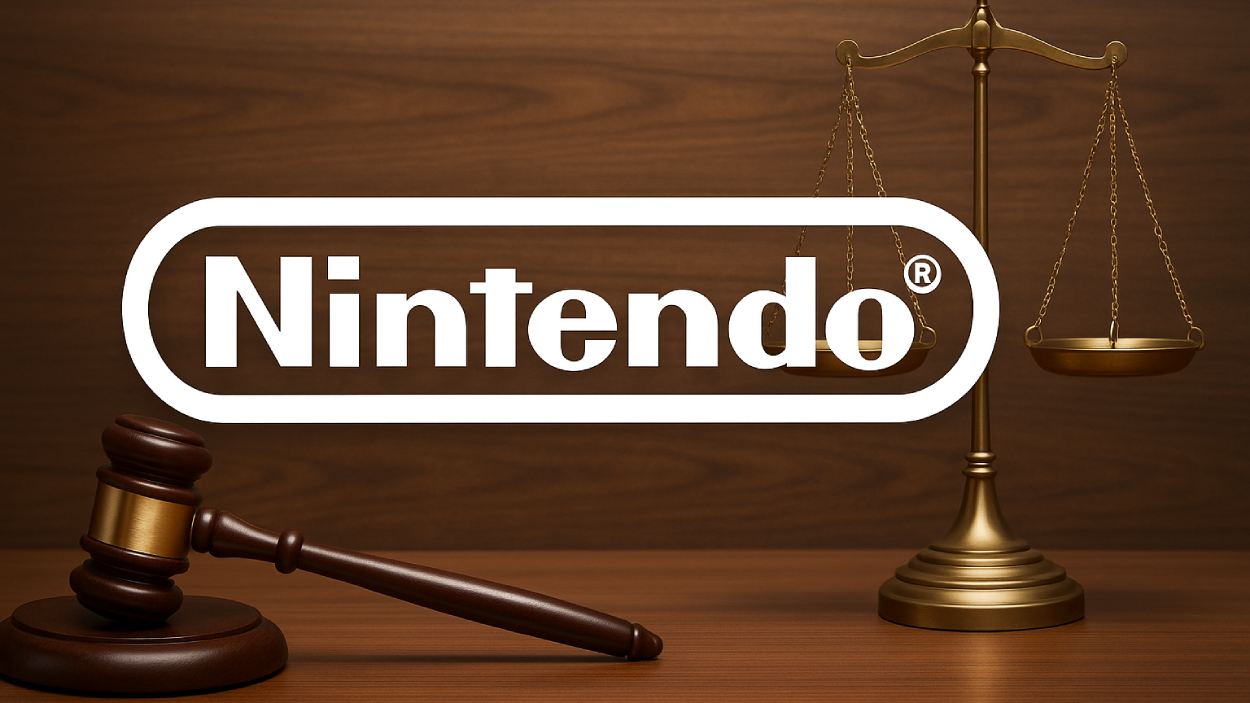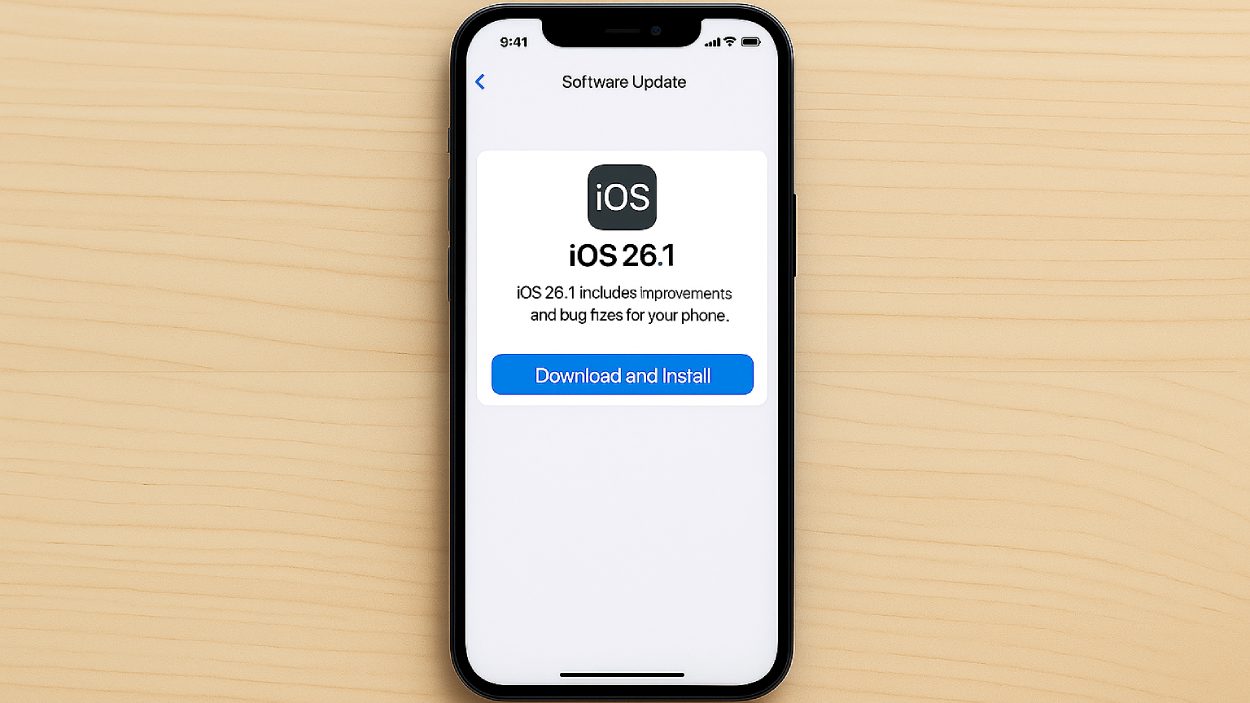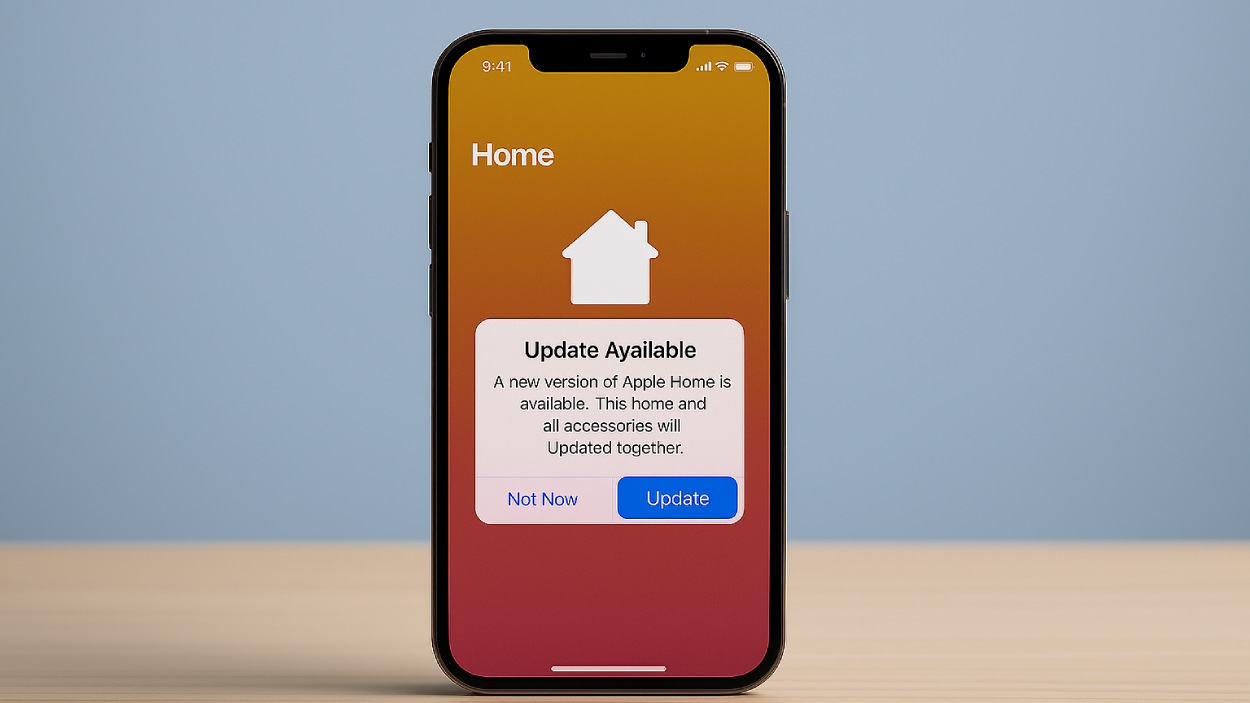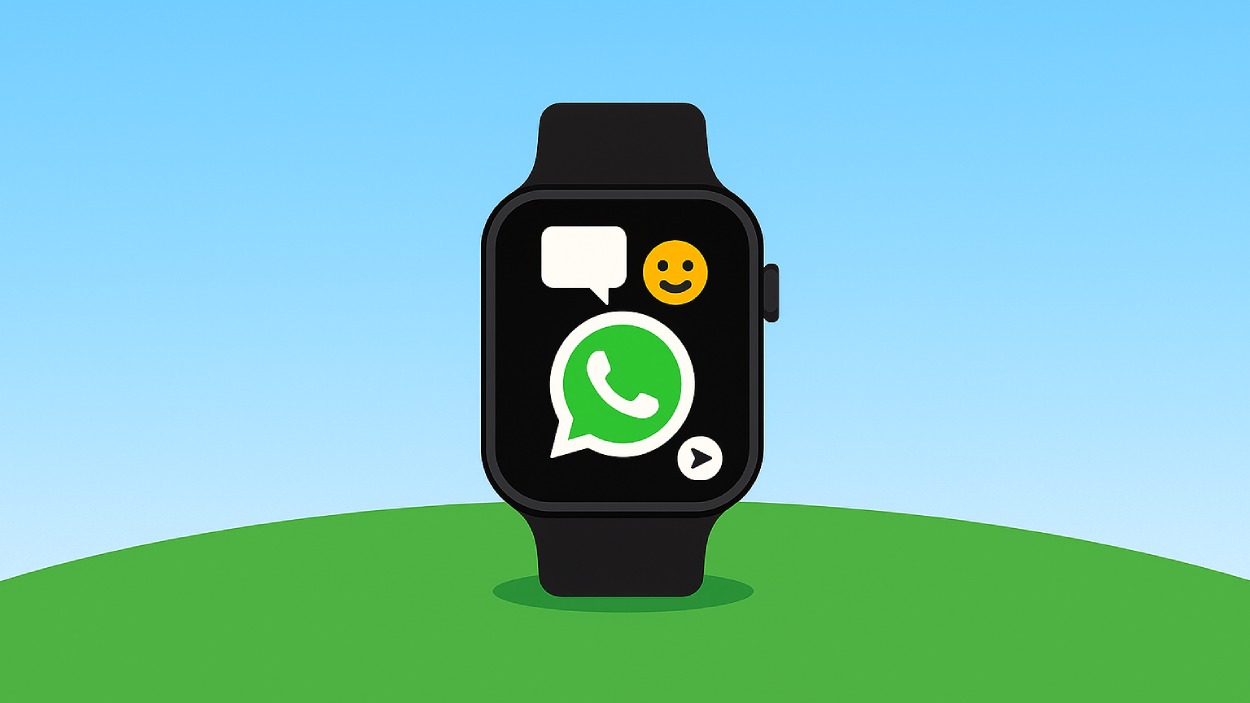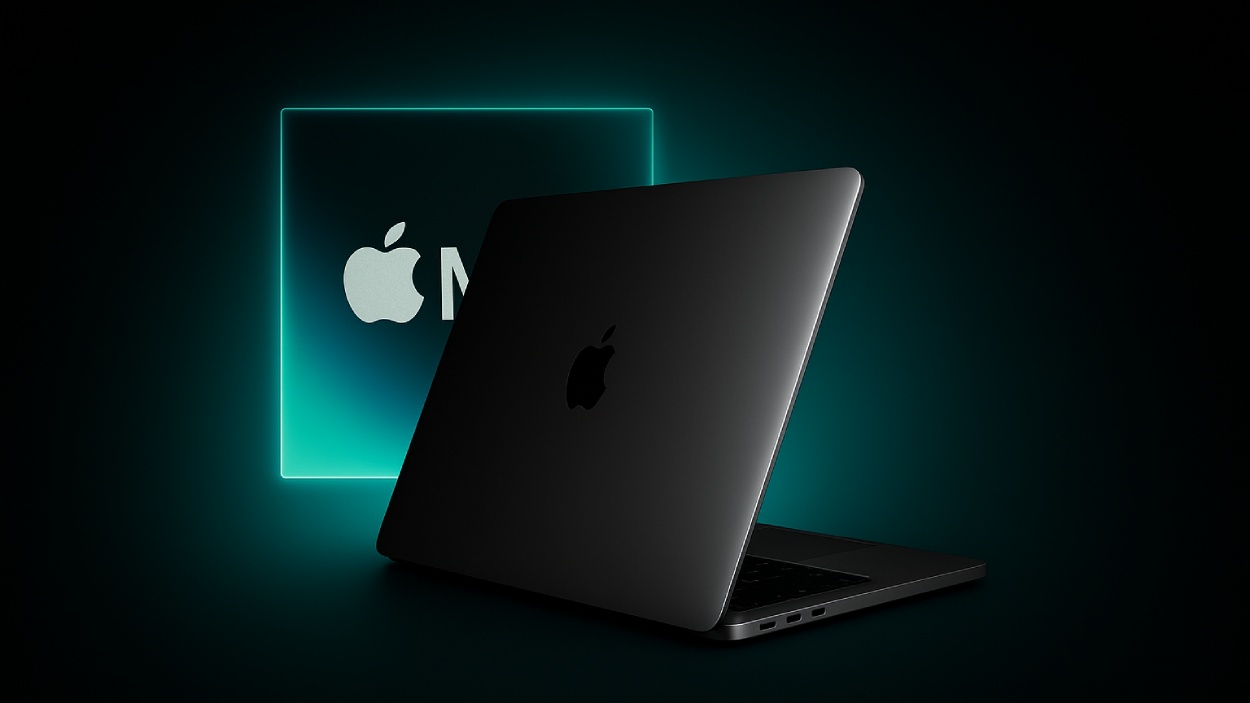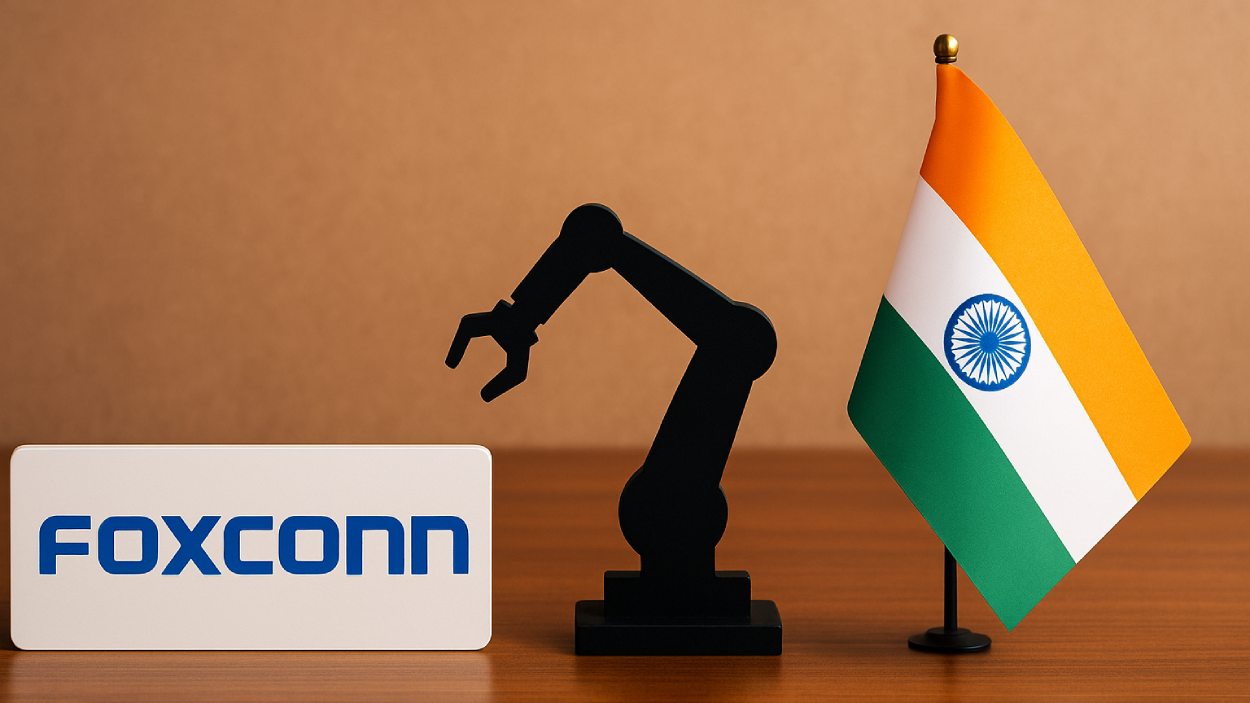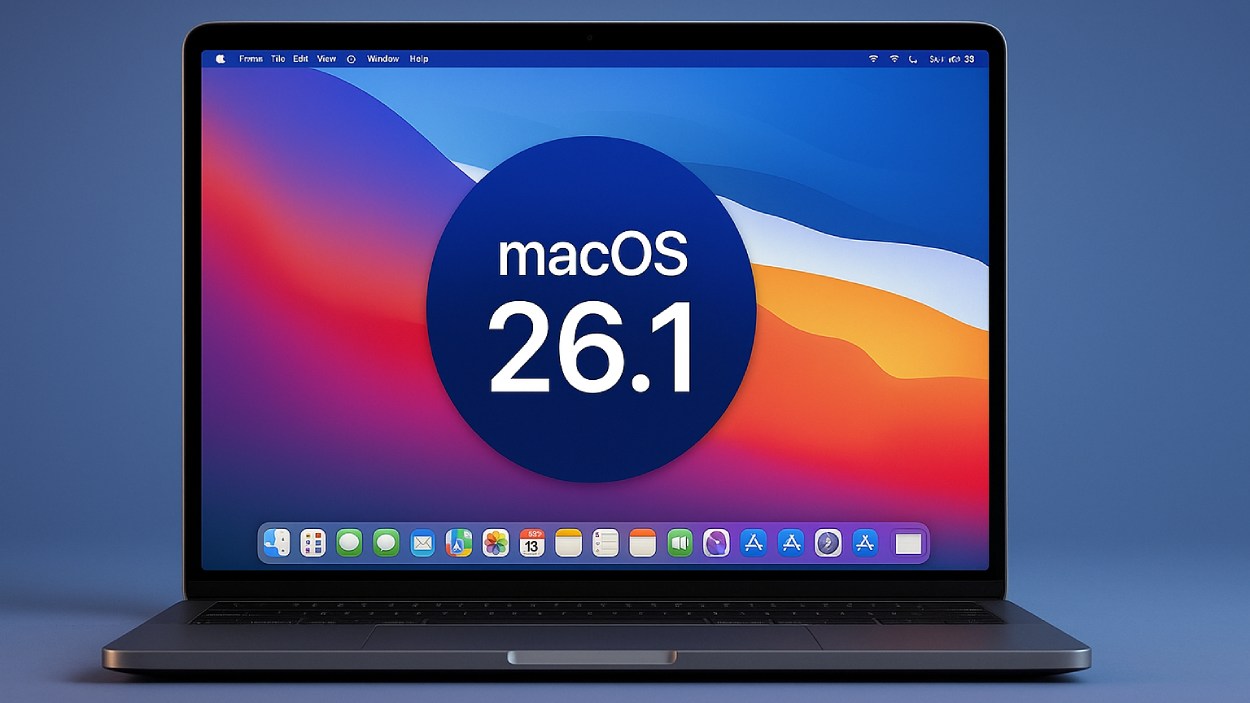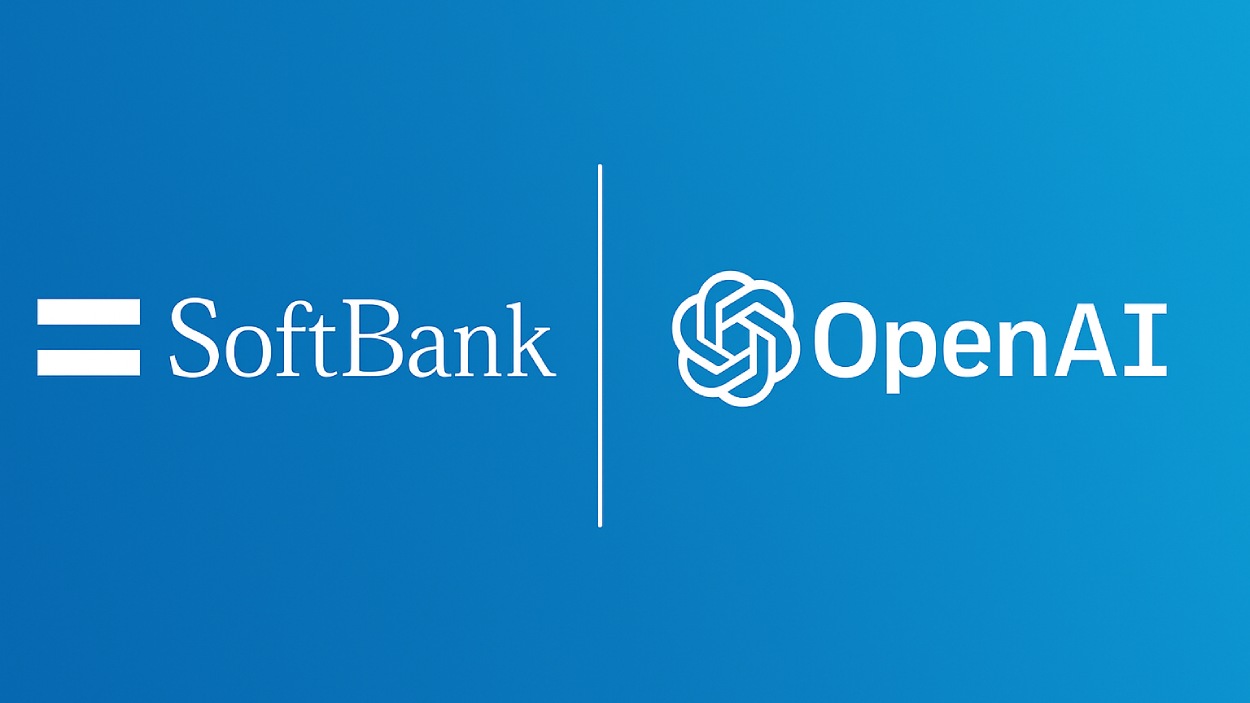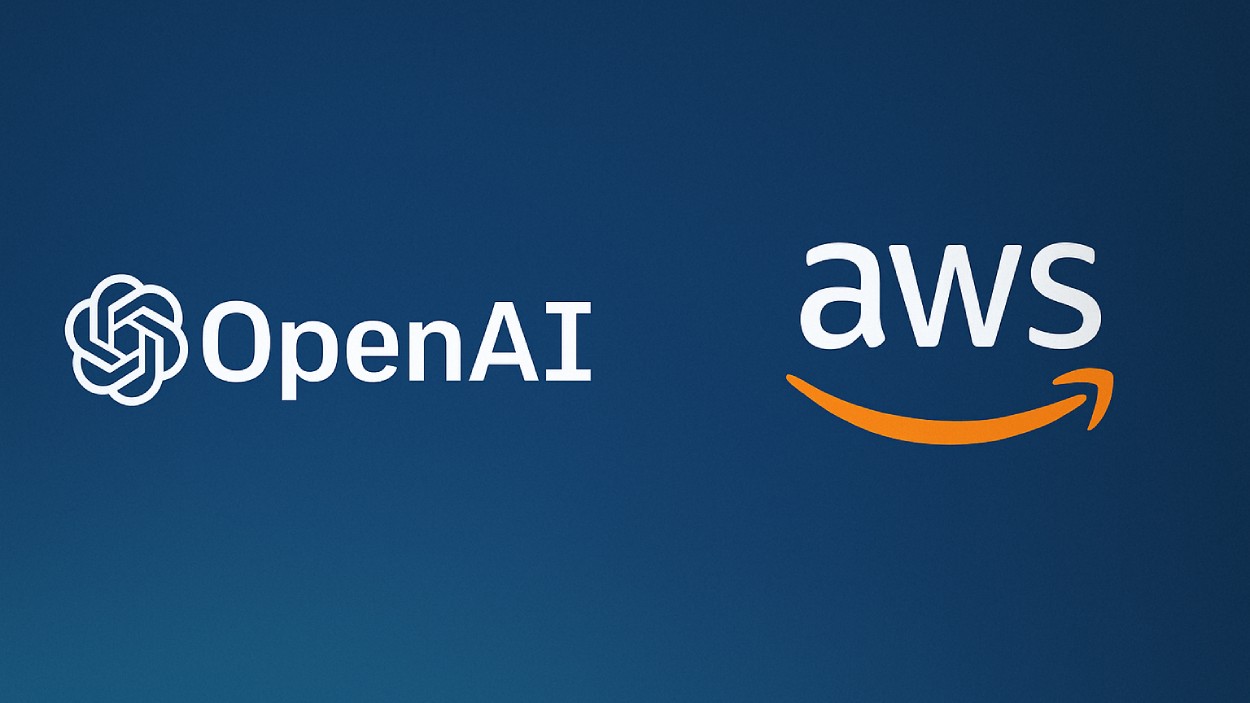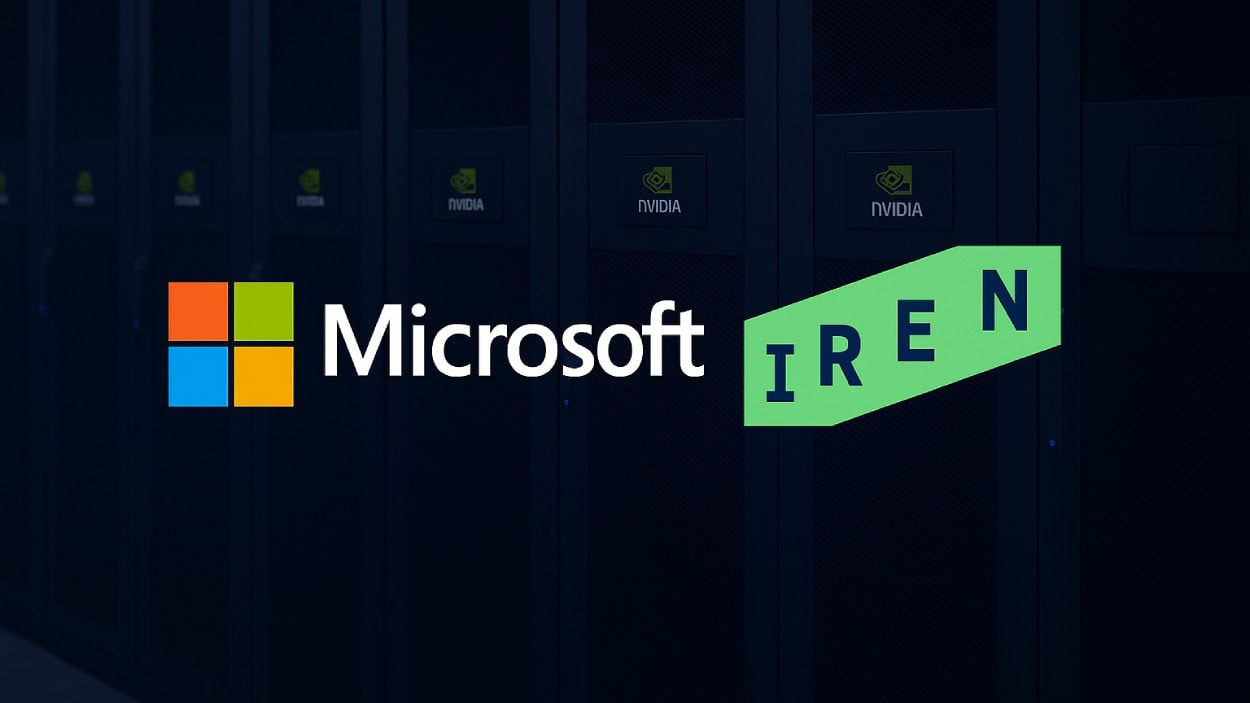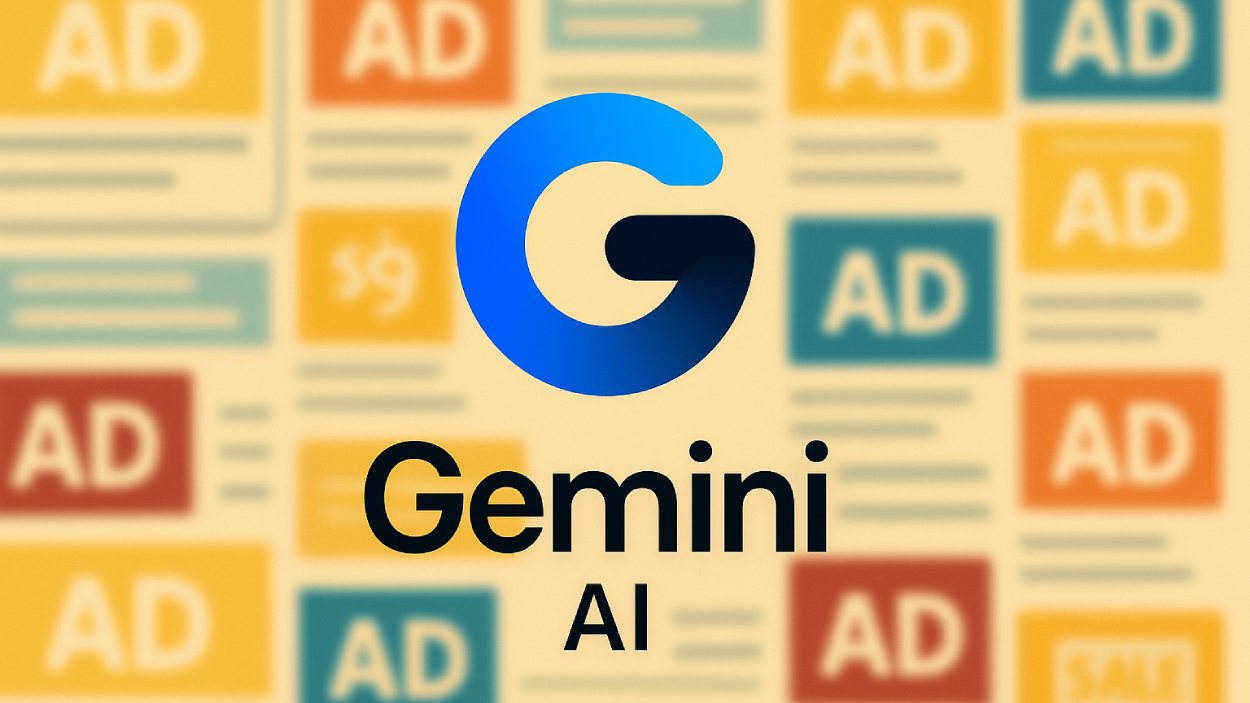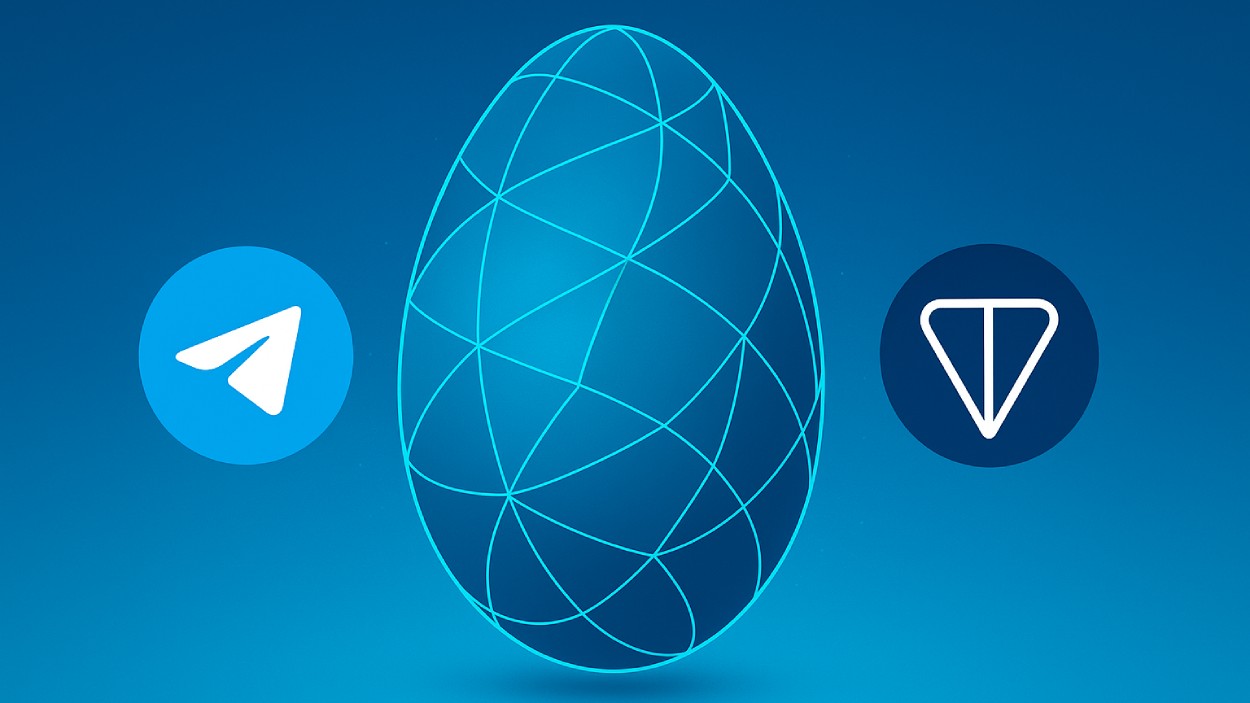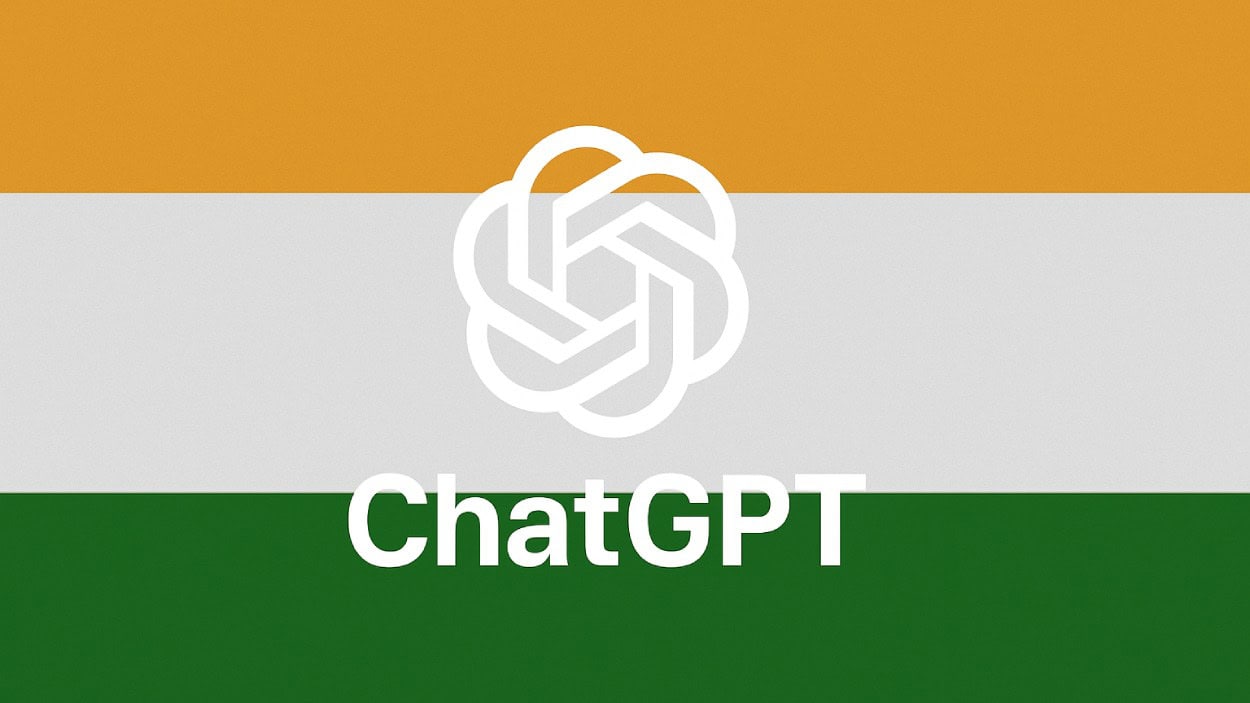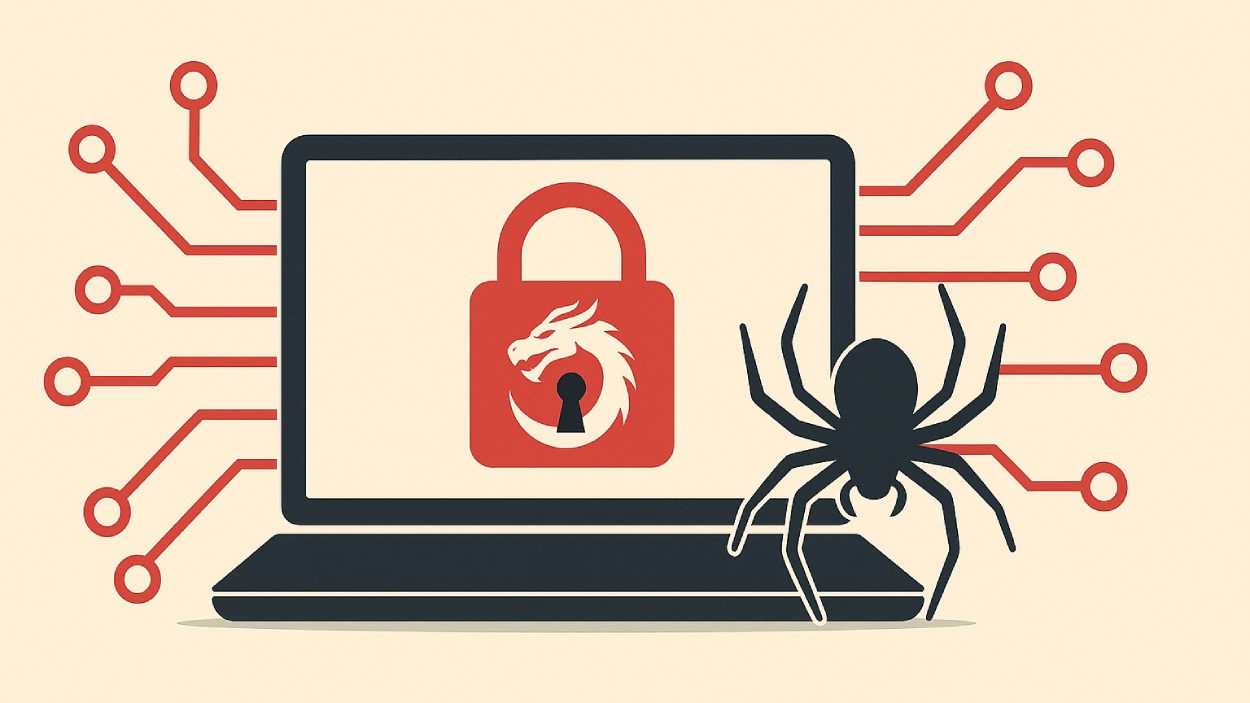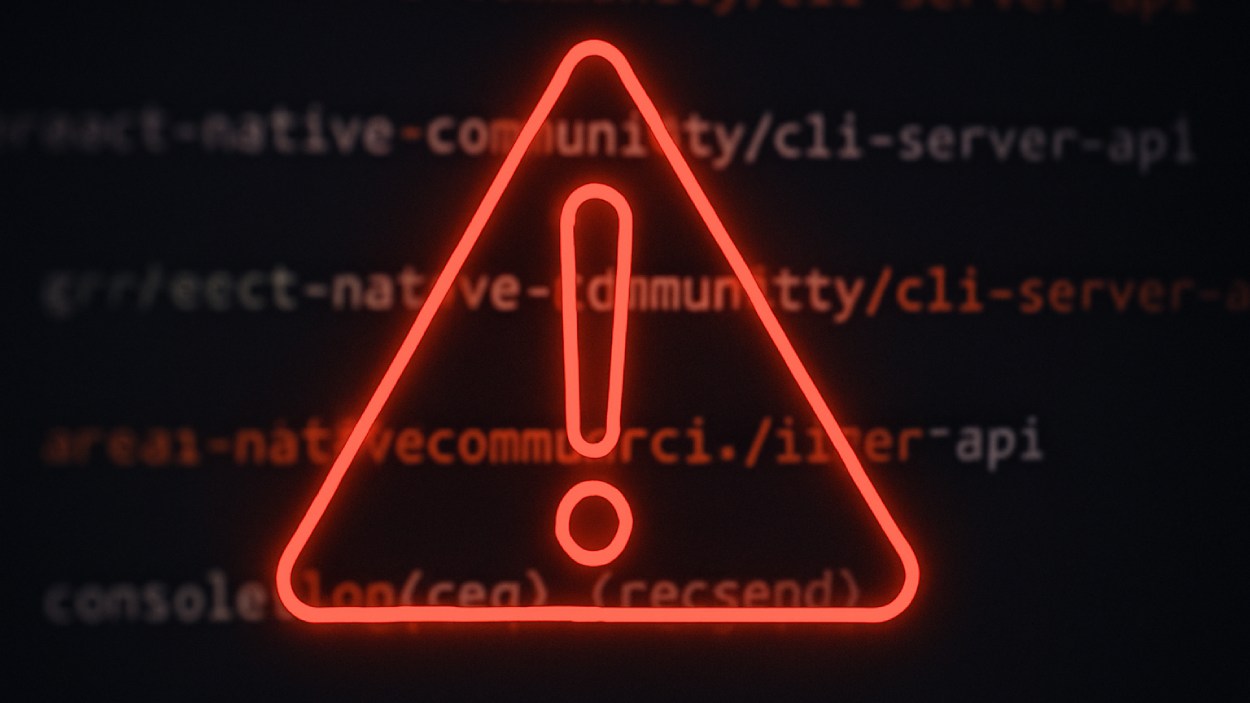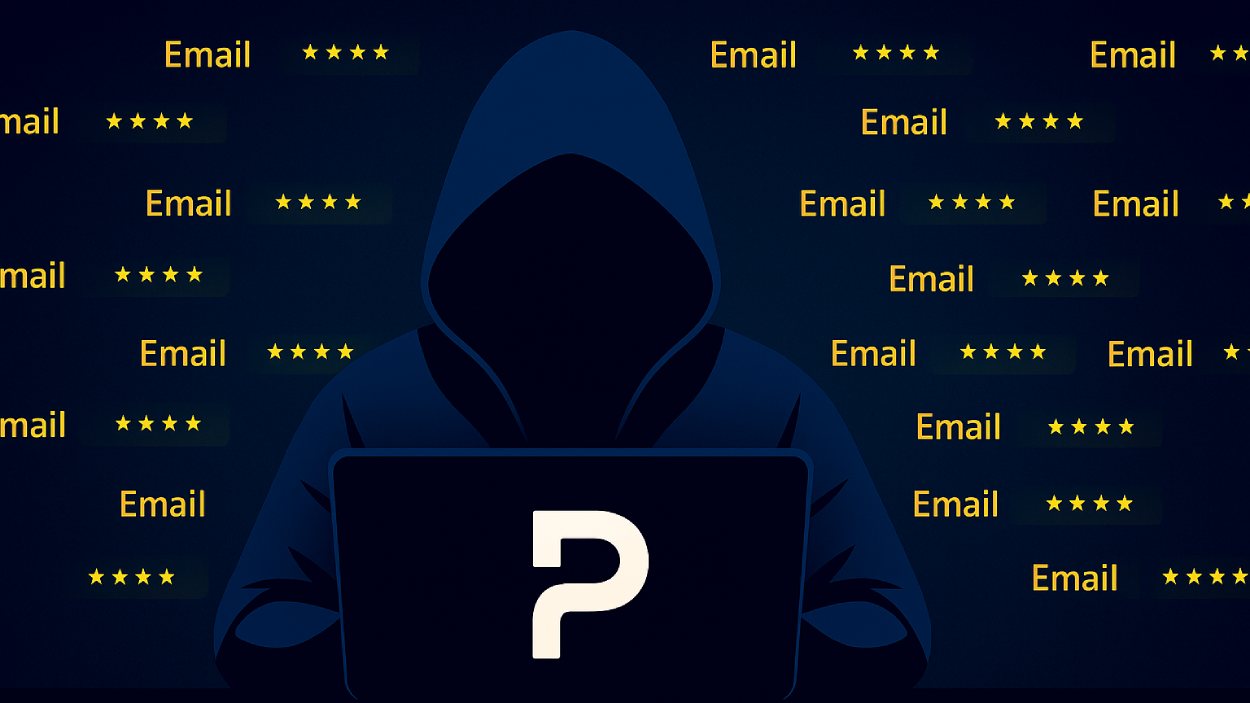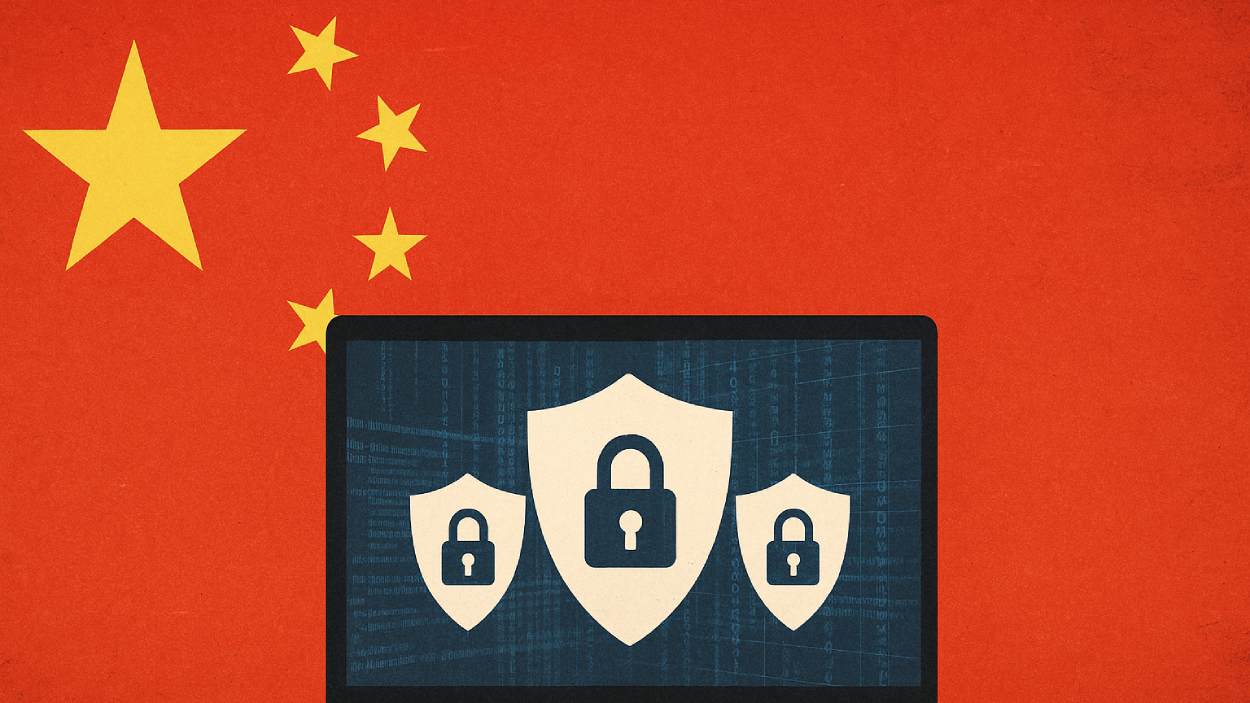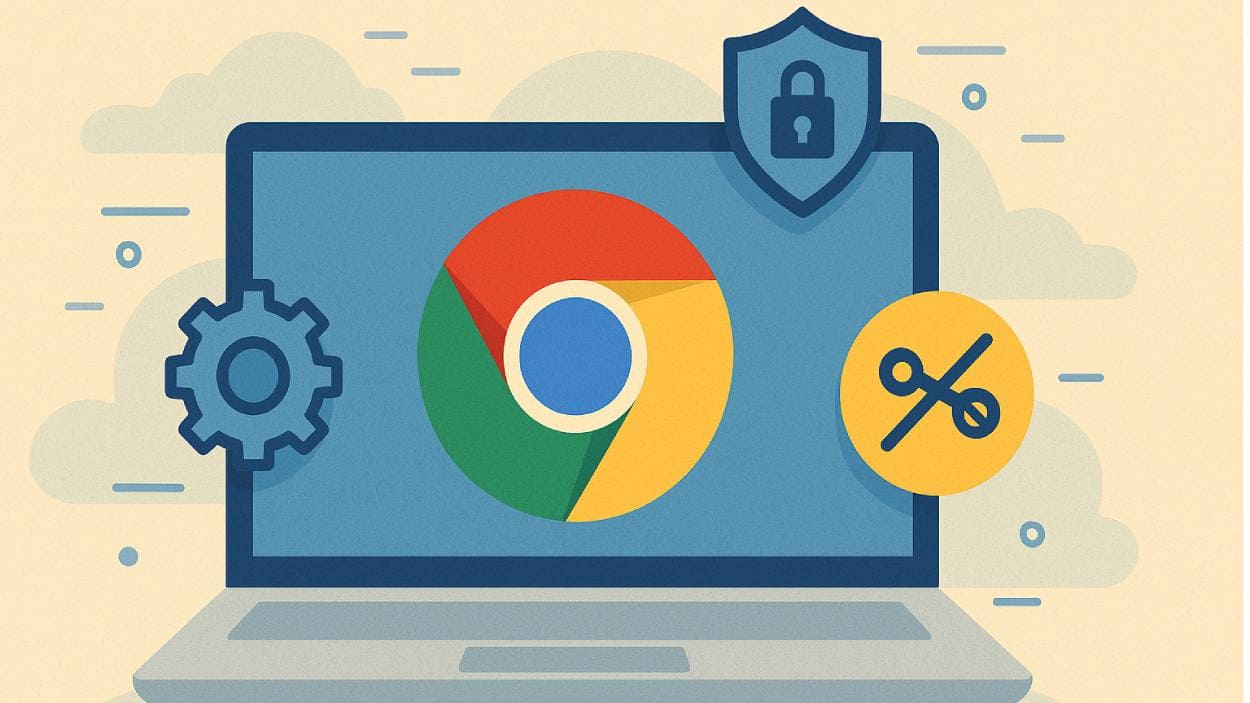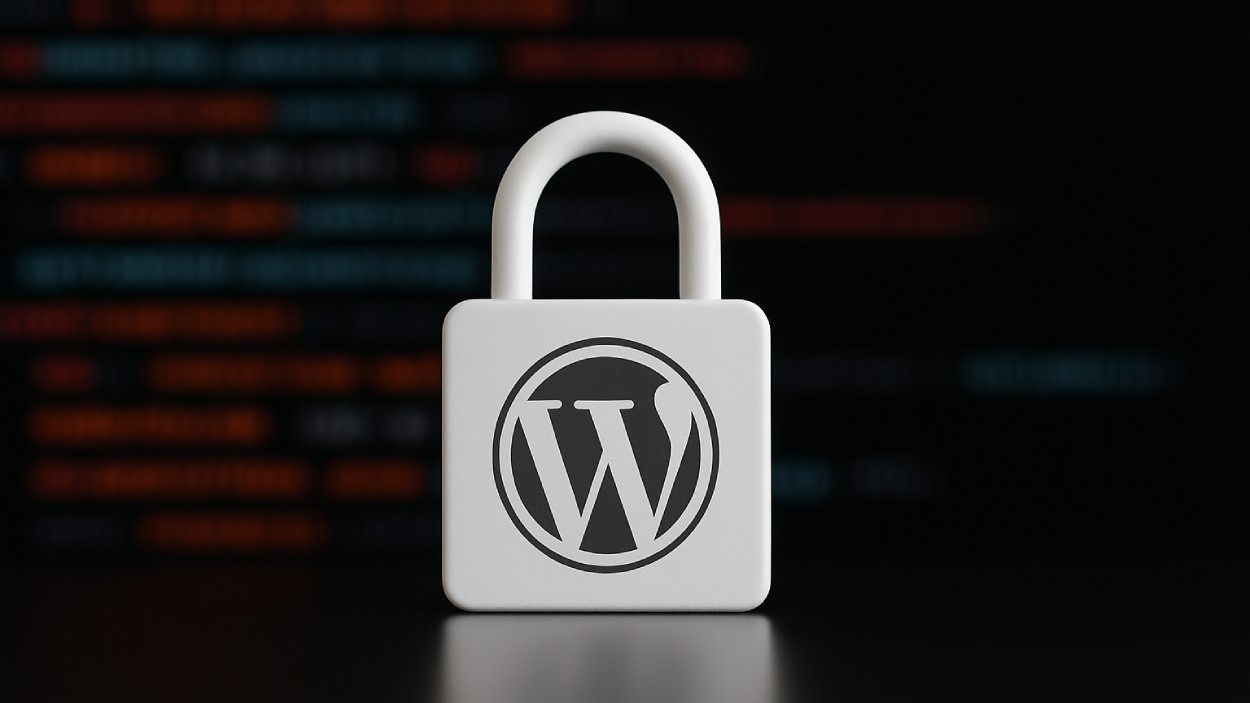Picture this: a midsize apparel brand once dependent on seasonal trends and hit-or-miss campaigns now predicts customer preferences before items even reach shelves. This isn’t a futuristic fantasy; it’s AI in action, reshaping how marketing works in 2025. With tools getting sharper and machine learning models growing more intuitive, AI isn’t just supporting marketing strategies, it’s driving them. In this article, we’ll explore the most compelling statistics about AI’s role in marketing today, from ROI boosts to the rise of automation tools.
Editor’s Choice
- 76% of marketing leaders in 2025 say AI has significantly improved their team’s productivity and strategic execution.
- Businesses using AI in at least three core marketing functions report a 32% increase in ROI on average compared to 2024.
- 58% of US-based marketers now integrate generative AI into their daily workflow.
- 92% of top-performing marketing teams in 2025 say they rely on predictive analytics powered by AI.
- Global spending on AI-driven marketing technology is projected to hit $82 billion in 2025, up from $67 billion the previous year.
- 47% of digital ad spend in 2025 is optimized through AI algorithms, increasing targeting accuracy and reducing acquisition costs.
- 71% of consumer-facing brands say AI has been crucial in enabling real-time personalization in 2025.
Generative AI Management Techniques in Business
- 48% of businesses reported not using any Generative AI management techniques.
- 33% are subscribing to paid LLM services, such as ChatGPT Plus and Gemini Pro.
- 22% have initiated staff training on how to effectively apply Generative AI in workflows.
- 17% have implemented an AI governance policy defining how Gen AI should be used in the organization.
- 15% are subscribing to dedicated paid marketing AI tools like Copy.AI, Hoppy Copy, Jasper, or Writesonic.
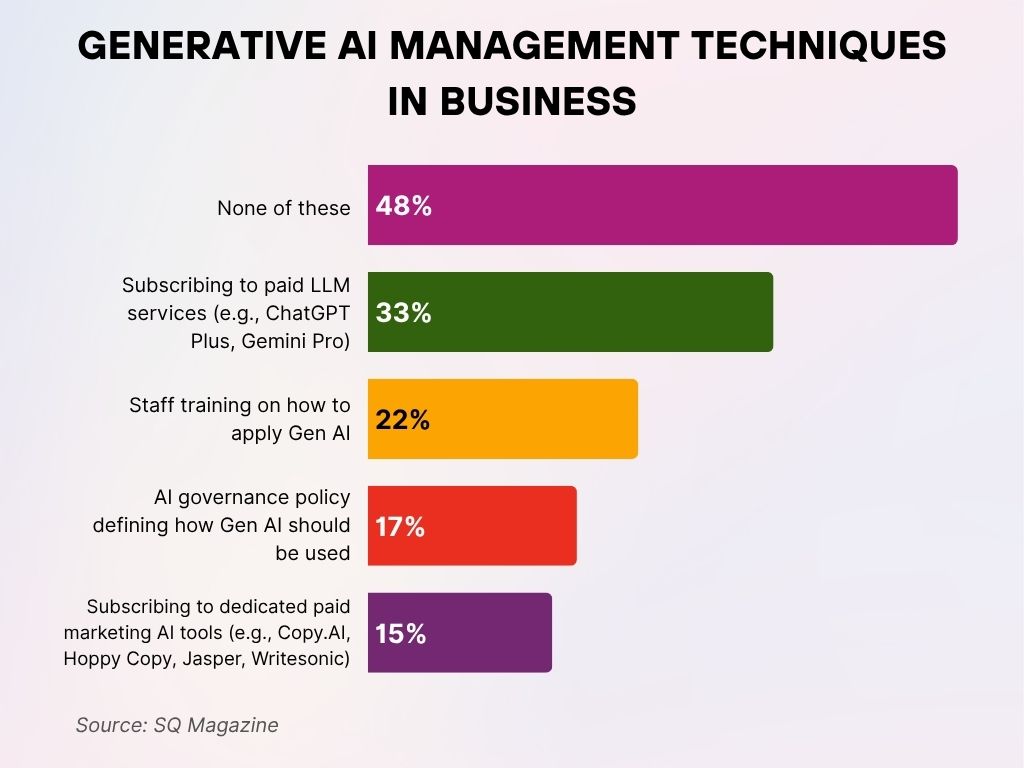
Impact of AI on Marketing ROI
- Companies leveraging AI in customer data analysis saw an average 38% boost in marketing ROI in 2025.
- AI-enabled campaign optimization reduced customer acquisition costs by 23% this year.
- 82% of CMOs in 2025 report increased confidence in forecasting due to AI-enhanced data modeling.
- Brands that use AI-driven A/B testing have achieved conversion rate lifts of up to 28%.
- Email marketing campaigns powered by AI-generated content yielded 45% higher open rates on average in 2025.
- AI-based lead scoring improved conversion efficiency by 31% compared to traditional methods.
- Firms using AI-powered sentiment analysis tools saw 25% better engagement in brand campaigns.
- Real-time bidding on programmatic ads using AI saw a 19% improvement in cost efficiency.
- Companies implementing AI in their retargeting strategies observed an 18% rise in return on ad spend.
- AI-assisted SEO strategies contributed to a 24% increase in organic traffic in 2025.
Most Common AI Tools Used in Marketing
- ChatGPT-based writing assistants are used by 64% of marketing professionals globally in 2025.
- Midjourney and other generative AI image tools are utilized by 41% of creative teams.
- HubSpot’s AI features are now used in 72% of email automation strategies.
- Google Performance Max, powered by AI, is driving 58% of paid search campaign optimization in 2025.
- Jasper AI is employed by 36% of content teams for social media scheduling and content ideation.
- Salesforce Einstein is integrated into 45% of CRM operations for AI-driven insights.
- Optimizely’s AI testing suite has been adopted by 33% of top ecommerce brands.
- Canva’s AI design tools are being used by 54% of small business marketers in 2025.
- Phrasee, which uses AI to optimize email subject lines, has reported 22% higher CTRs among its enterprise users.
- Over 61% of marketers use AI analytics dashboards like those in Adobe Experience Platform for campaign performance tracking.
How Much Are Businesses Spending on Marketing Each Month?
- 19% of businesses spend $1–$499 monthly on marketing.
- Another 19% allocate $20,000–$49,999, showing a wide investment range.
- 10% have a budget of $1,000–$2,499.
- 9% each fall within the $500–$999 and $10,000–$19,999 brackets.
- 8% report spending $2,500–$4,999 monthly.
- 7% invest $5,000–$9,999.
- 6% allocate $50,000–$99,999.
- Only 4% spend over $100,000.
- 5% reported no marketing budget at all.
- Another 5% are not sure of their monthly budget

AI-Driven Personalization
- 86% of brands say AI has improved their personalization capabilities significantly in 2025.
- AI-powered recommendation engines drive 31% of e-commerce revenue today.
- Real-time product suggestions on websites have led to a 29% higher conversion rate.
- 79% of marketers use AI to personalize email subject lines and content based on past behavior.
- AI-enabled dynamic pricing strategies contributed to a 12% lift in sales across sectors.
- 48% of mobile push notifications are now AI-personalized based on user interaction data.
- Companies using AI to deliver personalized landing pages report a 33% decrease in bounce rate.
- AI personalization in loyalty programs led to a 27% increase in customer retention in 2025.
- 67% of brands report improved customer satisfaction scores through hyper-personalized user experiences.
- 41% of online retailers now use AI to tailor product bundles in real-time during checkout.
AI-Powered Customer Segmentation Trends
- 74% of marketers use AI algorithms to segment audiences beyond traditional demographics.
- AI-based segmentation has led to a 33% uplift in personalization effectiveness.
- Brands using clustering models saw a 26% increase in campaign conversion rates in 2025.
- 49% of marketing teams now use AI to identify micro-segments based on behavioral patterns.
- Real-time customer segmentation through AI contributes to a 21% increase in ad relevance scores.
- Lookalike audience creation powered by AI has improved acquisition targeting by 28%.
- 60% of businesses automate lifecycle segmentation with AI models.
- AI allows cross-channel segmentation, now used by 38% of omnichannel marketers.
- 57% of e-commerce brands report improved product targeting via AI-powered segmentation.
- Segments based on predictive churn models have reduced attrition rates by 18%.
Top Purposes for Using AI in Global Marketing
- 52% of marketing professionals use AI for text generation, making it the most common application.
- 51% leverage AI for text refinement to enhance clarity and tone.
- 49% each use AI for both image generation and video creation, showing strong demand for creative automation.
- 46% rely on AI for crafting personalized content tailored to audience segments.
- 45% use AI to produce visual content, supporting design-heavy campaigns.
- 44% utilize AI for research purposes, aiding in insights and strategic planning.
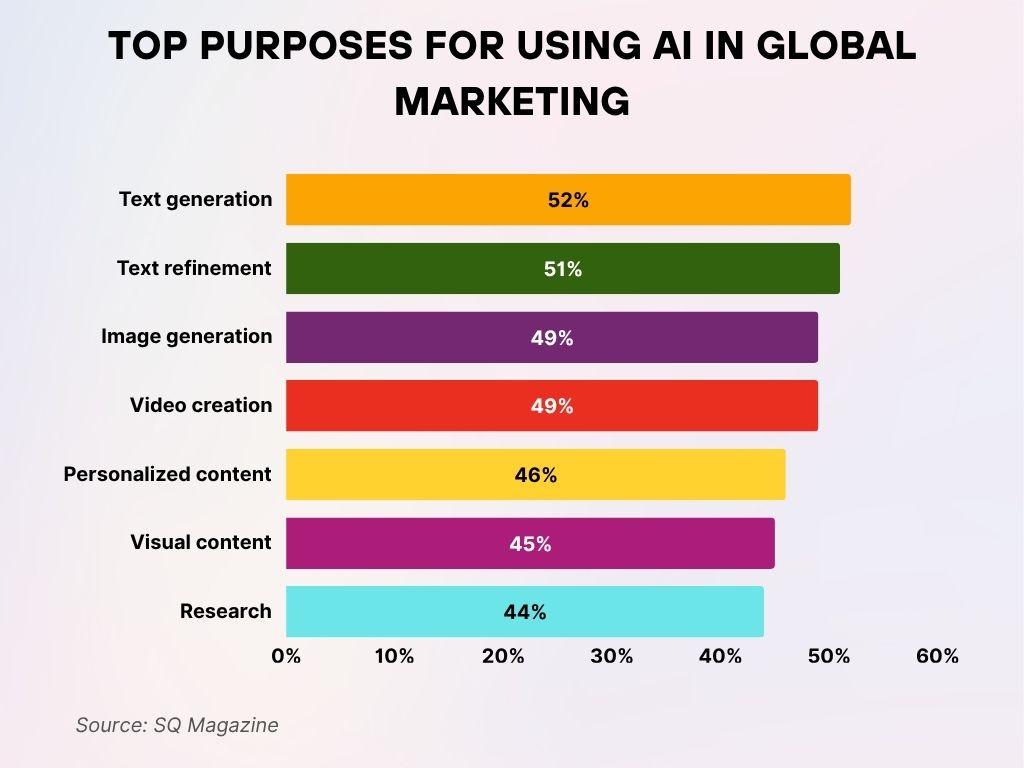
Chatbots and Conversational AI in Marketing
- 82% of customer support touchpoints in 2025 start with an AI chatbot.
- Chatbots have decreased average response time by 35%, enhancing customer satisfaction.
- Conversational AI is used by 47% of e-commerce brands for product recommendations.
- AI-powered virtual assistants have led to a 31% reduction in cart abandonment rates.
- Businesses using multilingual chatbots see a 26% improvement in international engagement.
- 59% of financial service marketers deploy AI bots to onboard new customers.
- Chatbots trained with real-time data analytics have improved issue resolution rates by 42%.
- 48% of marketers integrate chatbots into campaign landing pages for lead qualification.
- Voice-based AI agents like Google Duplex are used by 15% of service-focused companies.
- 71% of chatbot interactions are now context-aware, adapting mid-conversation.
AI and Predictive Analytics in Campaign Planning
- 88% of marketers in 2025 use predictive analytics to inform campaign decisions.
- Forecasting accuracy using AI models has improved by 33% over traditional tools.
- 43% of campaign failures are now prevented through early AI-powered performance simulations.
- Brands leveraging AI for seasonal trend forecasting have seen 28% better timing in launches.
- 70% of cross-platform campaigns are mapped using predictive path analysis tools.
- Predictive lead scoring models have increased qualified lead volume by 36%.
- 52% of media buying strategies now depend on AI-generated demand projections.
- Campaigns optimized using predictive churn analytics show a 21% lift in re-engagement.
- 39% of marketers use AI to determine optimal message frequency by segment.
- Real-time budget reallocation driven by predictive feedback loops has increased ROI by 25%.
AI in Marketing Market Growth Forecast
- The AI in Marketing global market is projected to grow from $27.83 billion in 2024 to $106.54 billion by 2029.
- The expected market size in 2025 is $35.54 billion.
- This growth represents a compound annual growth rate (CAGR) of 31.60%.
The rapid rise reflects strong investment in AI-driven tools, automation, and personalized marketing strategies.
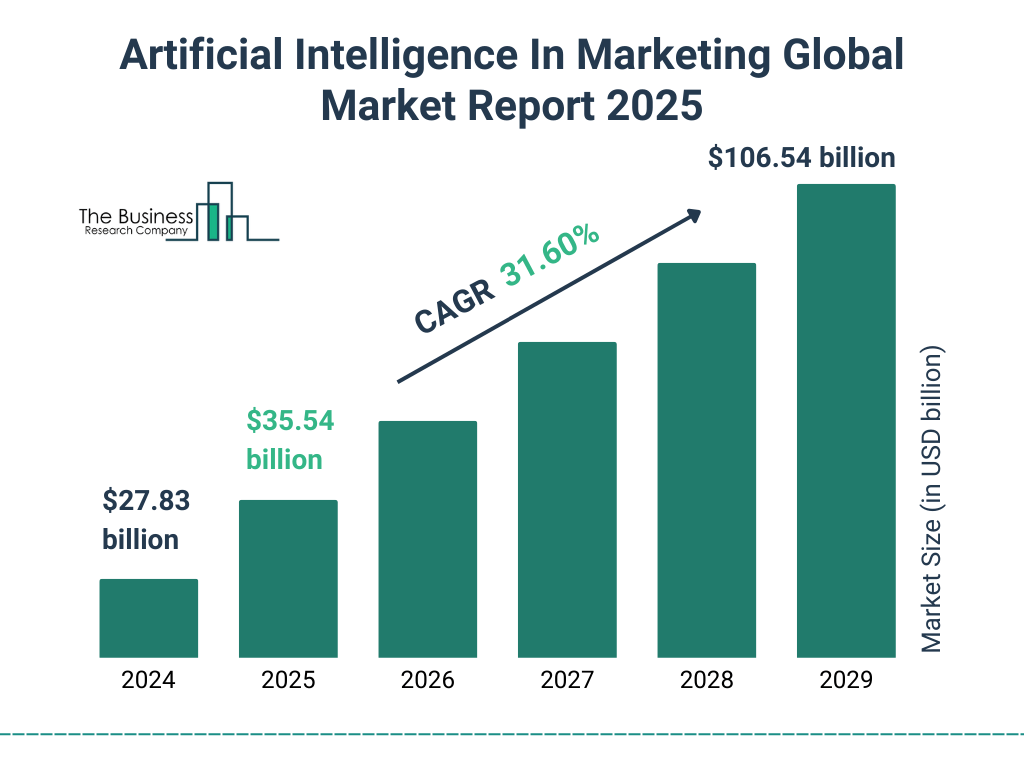
Budget Allocation for AI Marketing Solutions
- AI solutions now account for 28% of the average marketing tech budget in 2025.
- 64% of CMOs increased AI investments compared to 2024.
- The global AI marketing spend is projected to reach $82 billion, up from $67 billion last year.
- Companies using AI for three or more functions see a 15% better ROI on average.
- 41% of small businesses now dedicate part of their budget to AI tools.
- The average annual spend on AI content creation tools has risen to $12,500.
- 54% of enterprises plan to increase spend on AI-powered analytics in the next 12 months.
- Chatbot platforms represent 14% of total AI tool spend in marketing.
- 32% of brands allocate specific budgets for AI-based creative tools like DALL·E.
- Marketing leaders cite “cost-efficiency” as the top reason for AI budget increases in 2025.
How Businesses Are Using Artificial Intelligence
- 56% of businesses apply AI in customer service, the most common use case.
- 51% use AI for cybersecurity and fraud management, ensuring better threat detection.
- 47% rely on digital personal assistants to streamline daily operations.
- 46% utilize AI in customer relationship management (CRM) for improved engagement.
- 45% adopt AI for inventory management, enhancing operational efficiency.
- 35% leverage AI for content production, including automated writing and design.
- 33% use AI to deliver product recommendations, boosting sales and personalization.
- 30% integrate AI into accounting tasks to increase accuracy.
- 30% also implement AI in supply chain operations.
- 26% use AI in recruitment and talent sourcing, improving hiring decisions.
- 24% apply AI for audience segmentation, refining targeted campaigns.
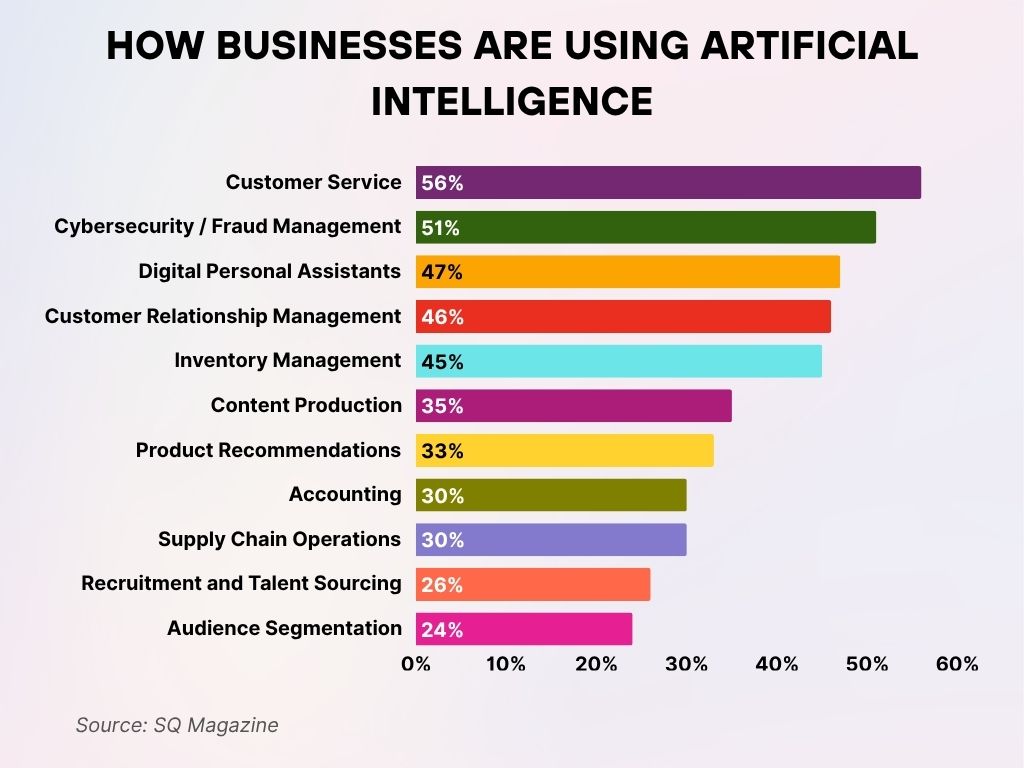
AI in Social Media Marketing Performance
- 63% of brands use AI tools to automate post scheduling and engagement tracking on platforms like Instagram and LinkedIn.
- AI-powered sentiment analysis tools help companies increase their positive brand mentions by 24% in 2025.
- 41% of influencer campaigns** are now AI-matched based on real-time engagement metrics.
- Social listening through AI has improved campaign relevance and messaging by 29%.
- AI-generated captions and hashtags have contributed to 37% more reach on average.
- 76% of digital marketers utilize AI to track and predict social content performance.
- AI-assisted A/B testing of visual content has improved ad performance by 33%.
- Brands using AI to dynamically target ads by user behavior have seen 19% higher click-through rates.
- Snapchat and TikTok both report that over 50% of their top advertisers rely on AI-driven creative optimization.
- Influencer fraud detection powered by AI has saved marketers an estimated $1.4 billion globally in 2025.
Consumer Perceptions of AI in Marketing
- 58% of US consumers say they are comfortable with brands using AI if it leads to more personalized experiences.
- However, 24% express concerns about privacy with AI-powered targeting in 2025, a slight decrease from 29% last year.
- 71% of Gen Z consumers appreciate AI-enhanced shopping features like virtual try-ons and chat-based recommendations.
- Consumers exposed to AI-driven product recommendations are 31% more likely to convert.
- 63% of shoppers say they trust AI-powered customer service when combined with easy human escalation.
- AI-generated content, when disclosed transparently, received 26% higher engagement on average.
- 49% of customers believe AI enhances their experience when it’s used in loyalty rewards and personalized deals.
- 42% of consumers report noticing AI-generated ads, and 56% said they were just as effective as human-crafted ones.
- Brands with clear AI-use disclosures experience a 22% boost in trust scores in 2025.
- 35% of consumers feel more connected to brands offering AI-powered virtual assistants or stylists.
How AI Is Currently Used in Marketing
- 67% of marketers are not using AI for website personalization, the highest non-adoption rate.
- 64% are not using AI to generate marketing videos, while only 13% have used it for over a year.
- 55% are not using AI for email audience targeting, although 14% have used it long-term.
- 52% are not using AI to generate imagery for client-facing creatives; just 15% use it regularly.
- 47% are not using AI for analytics or reporting, though 16% plan to use it in the future.
- 45% aren’t applying AI for marketing strategy planning, with 18% using it for more than a year.
- 35% do not use AI for social media ads or post content, while 25% have used it for over a year.
- 34% are not using AI for SEO content creation, yet 25% have adopted it for over a year.
- 32% are not applying AI to generate email subject lines or copy, with 22% having long-term use.
This data reveals that while adoption is growing, many marketers are still in the early stages of integrating AI tools, especially in content production and personalization.
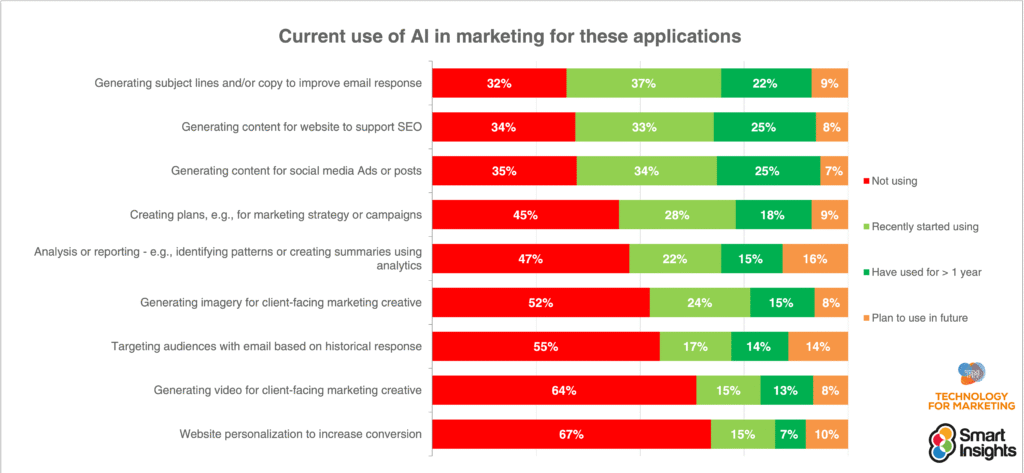
Challenges Marketers Face with AI Integration
- 47% of marketers cite data privacy as their top concern in adopting AI tools in 2025.
- 32% report difficulty integrating AI across multiple legacy systems.
- 38% say training staff on AI tools has slowed adoption efforts.
- Lack of clean data has been a barrier for 41% of companies aiming to scale AI usage.
- 22% of brands have experienced AI model bias that negatively impacted campaign performance.
- Ongoing changes in data privacy laws in the US and EU have caused AI rollout delays for 18% of firms.
- 52% of marketing teams report struggling with content accuracy in AI-generated outputs.
- 29% of marketers still question the reliability of AI-generated insights for long-term decisions.
- Real-time optimization through AI is underutilized due to low AI literacy in 35% of midsize teams.
- AI misalignment with brand tone has been flagged by 27% of creative leads.
Sector-Specific Use Cases of AI in Marketing
- In retail, AI-powered product recommendations contribute to 35% of total digital revenue.
- Travel companies use AI to offer dynamic pricing, boosting booking rates by 23% in 2025.
- Healthcare marketers use AI to deliver HIPAA-compliant, patient-personalized campaigns at scale.
- Financial services employ AI chatbots to handle 68% of all front-line inquiries.
- AI-driven loyalty platforms in hospitality have increased repeat bookings by 21%.
- In real estate, AI models predict property interest and buyer intent with 87% accuracy.
- E-commerce brands use AI to localize product recommendations, resulting in a 29% increase in regional sales.
- Education tech companies leverage AI to send personalized learning nudges, improving engagement by 19%.
- Automotive marketers use AI simulations to optimize launch sequences across multiple markets.
- B2B software firms now automate up to 40% of their lead-nurture sequences using AI workflows.
Recent Developments
- OpenAI released GPT-5 Turbo in Q1 of 2025, offering real-time content generation tailored for marketing workflows.
- Meta’s new AI model, Llama 4, now supports ad optimization across Facebook and Instagram natively.
- Google Gemini AI now powers 58% of its programmatic ad buying through Performance Max campaigns.
- Adobe launched Firefly 3, enabling marketers to create branded visual content with AI in seconds.
- Shopify’s AI assistant, Sidekick, saw a 44% increase in use among DTC sellers in Q2 2025.
- TikTok’s Creative AI Lab released tools that reduce content production time by 70%.
- Salesforce Einstein 2.0 introduced AI email copywriting features, now in use by 61% of enterprise customers.
- Amazon’s AI-powered product listing assistant is used by over 300,000 sellers as of mid-2025.
- AI-generated influencers, or “virtual humans”, gained mainstream adoption, with 18% of brands using them in ad campaigns.
- Snapchat My AI became the first widely adopted consumer-facing conversational assistant used in product discovery.
Conclusion
As we reach the mid-point of 2025, AI is no longer a trend; it’s the framework underpinning marketing innovation. From predictive analytics and real-time personalization to chatbot automation and budget optimization, AI has become integral to how brands connect, engage, and grow. While challenges around trust, data integration, and ethics remain, the efficiency and precision AI offers are reshaping what’s possible. Businesses that lean into AI today aren’t just preparing for the future; they’re building it.

